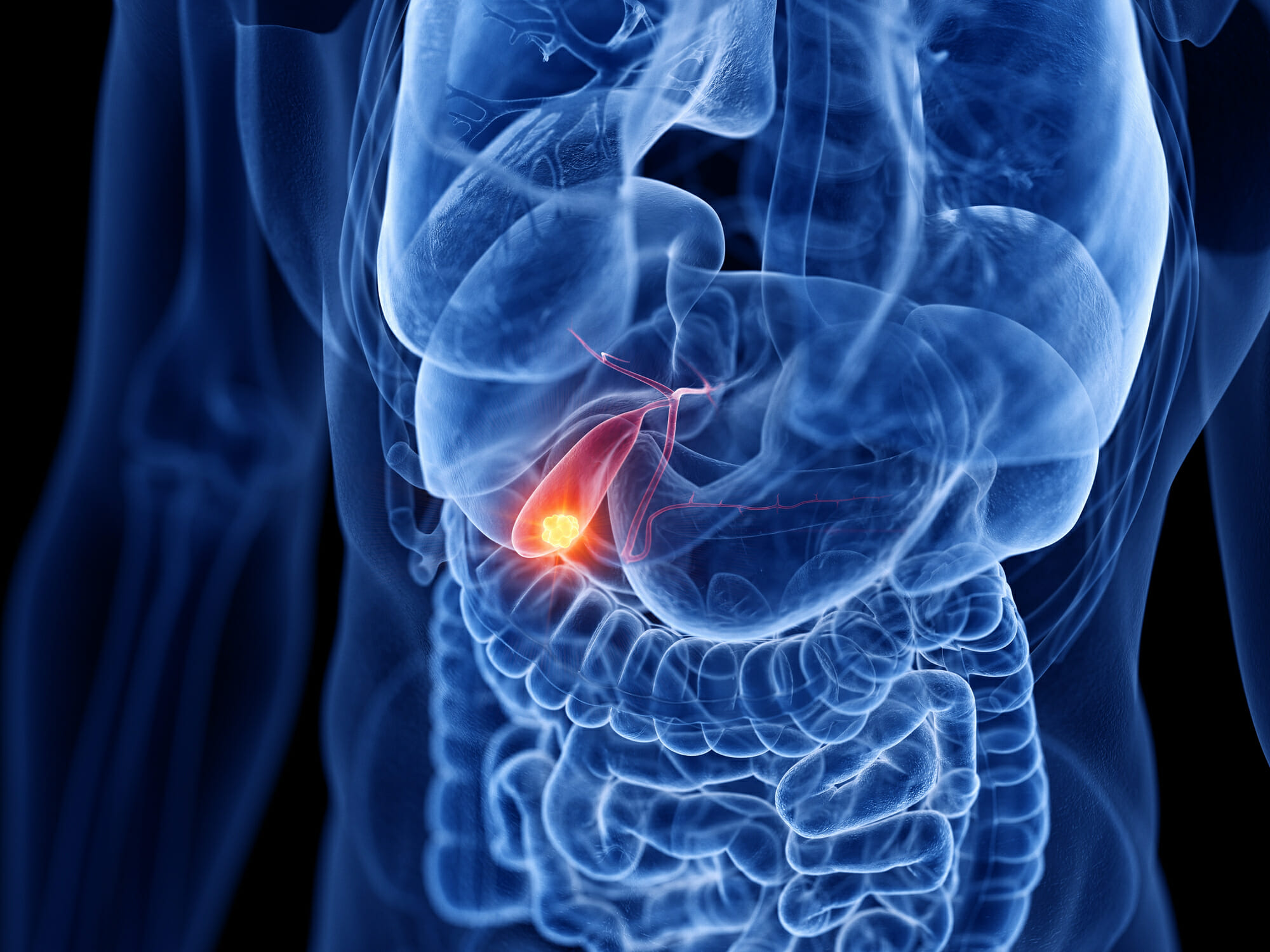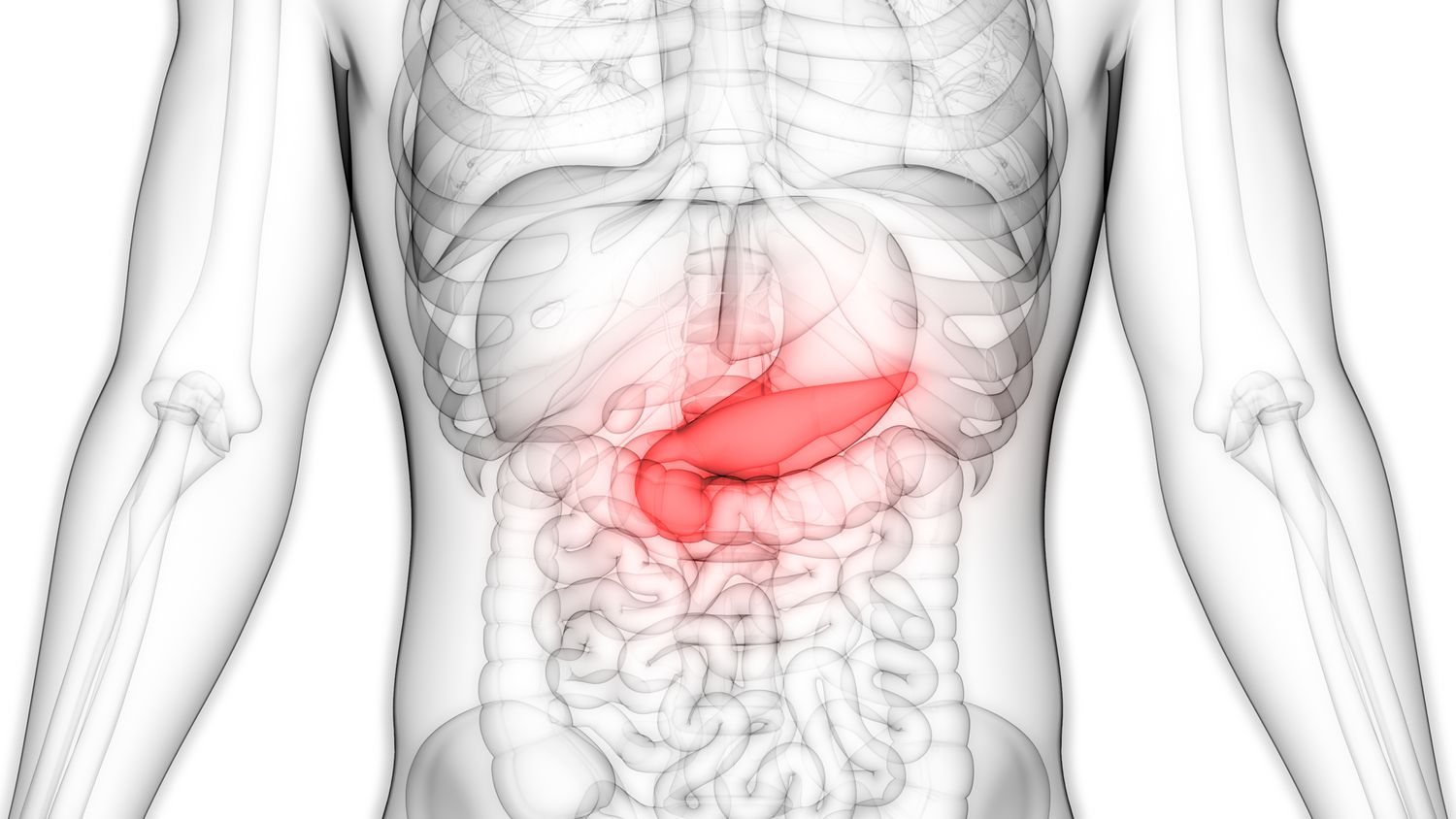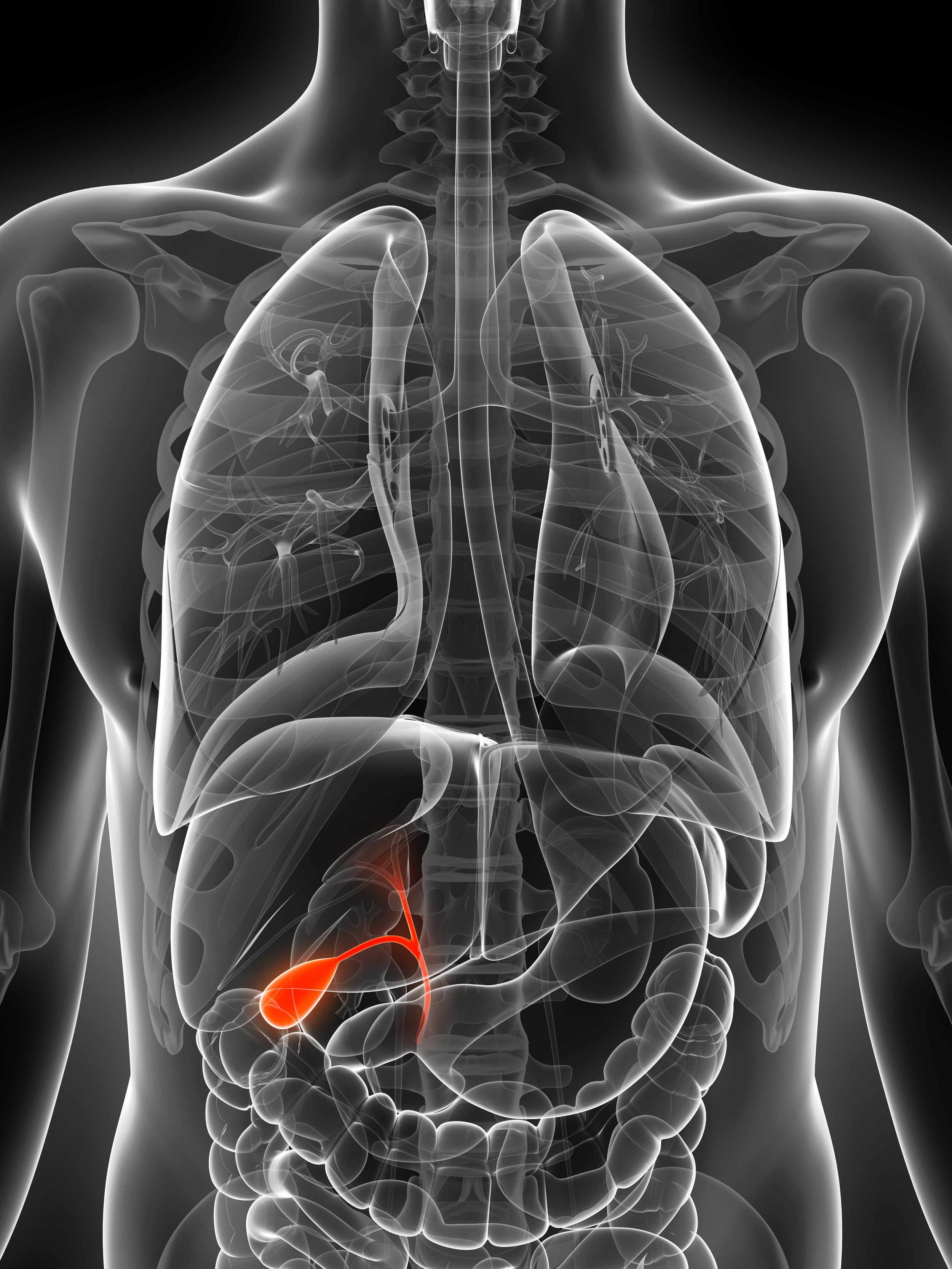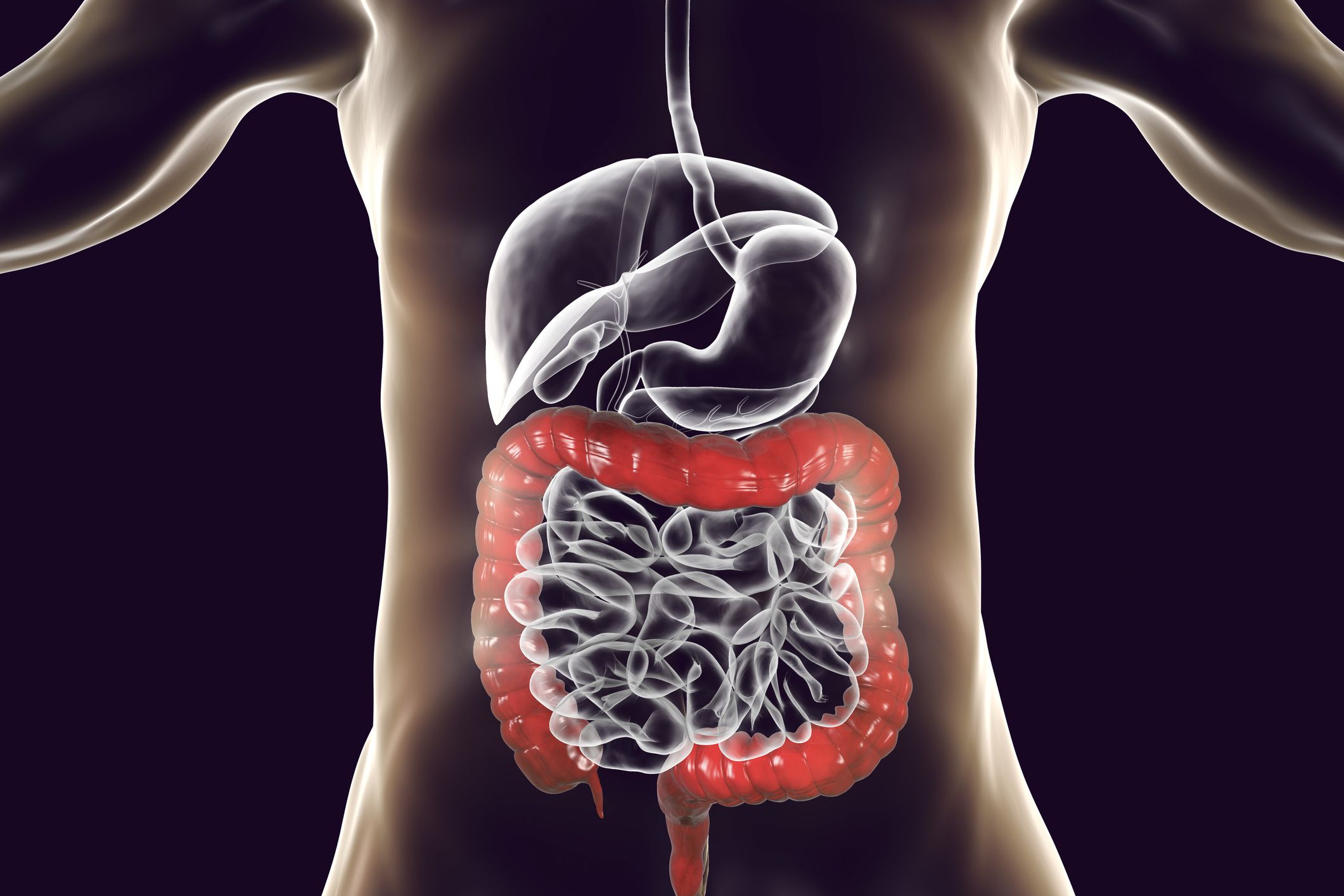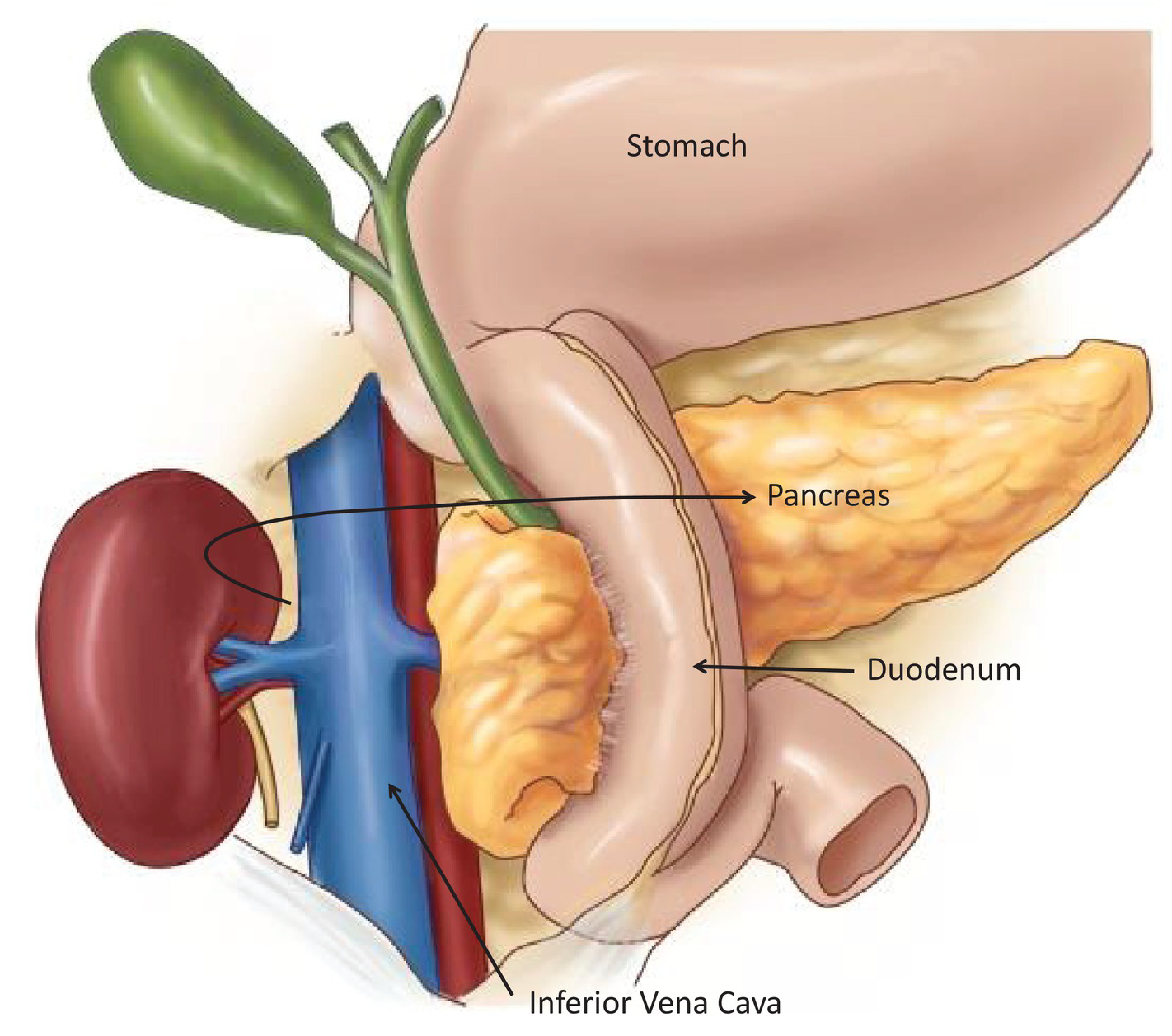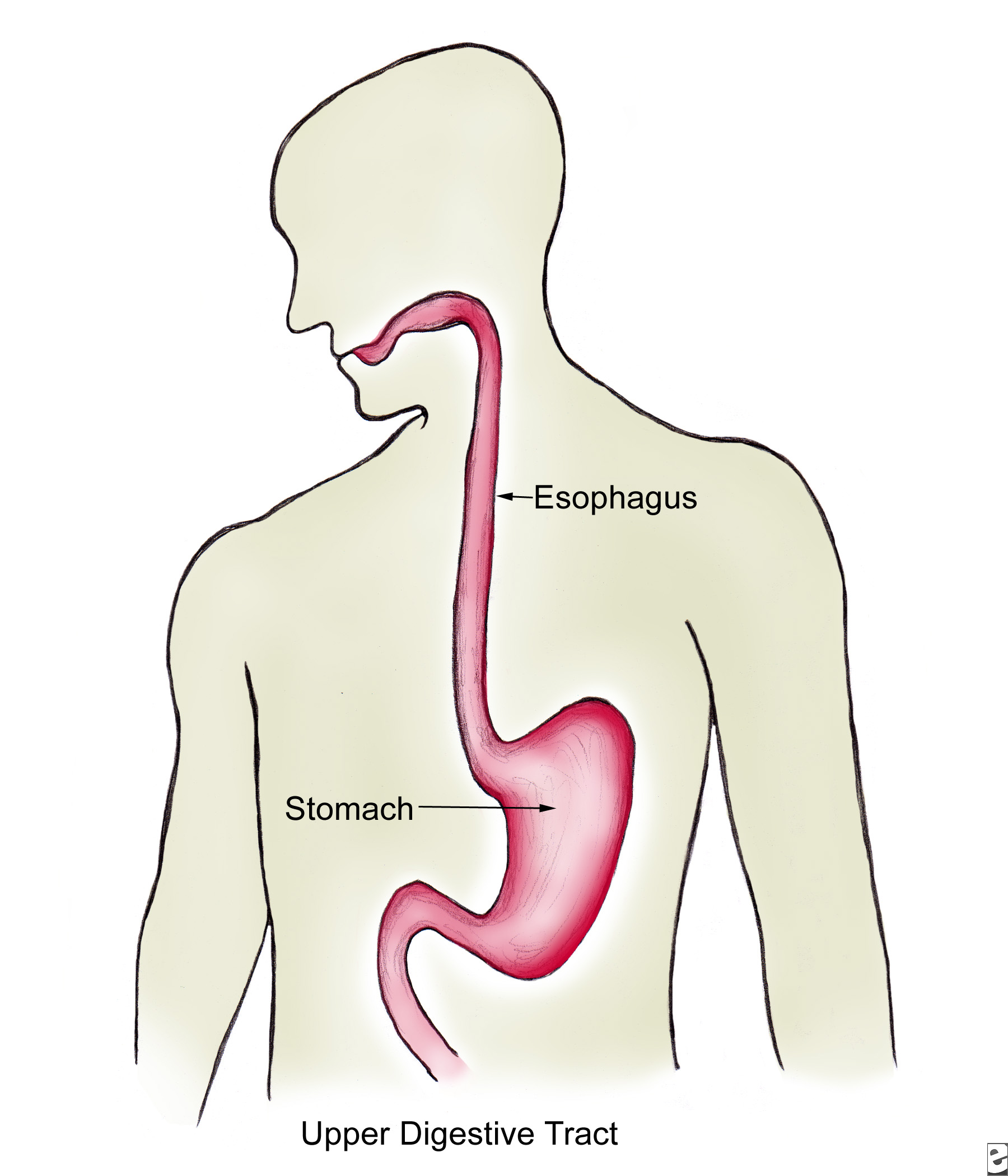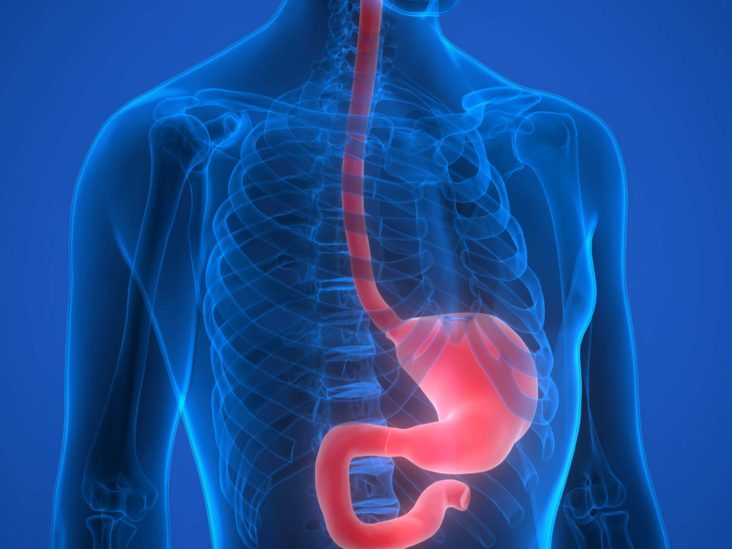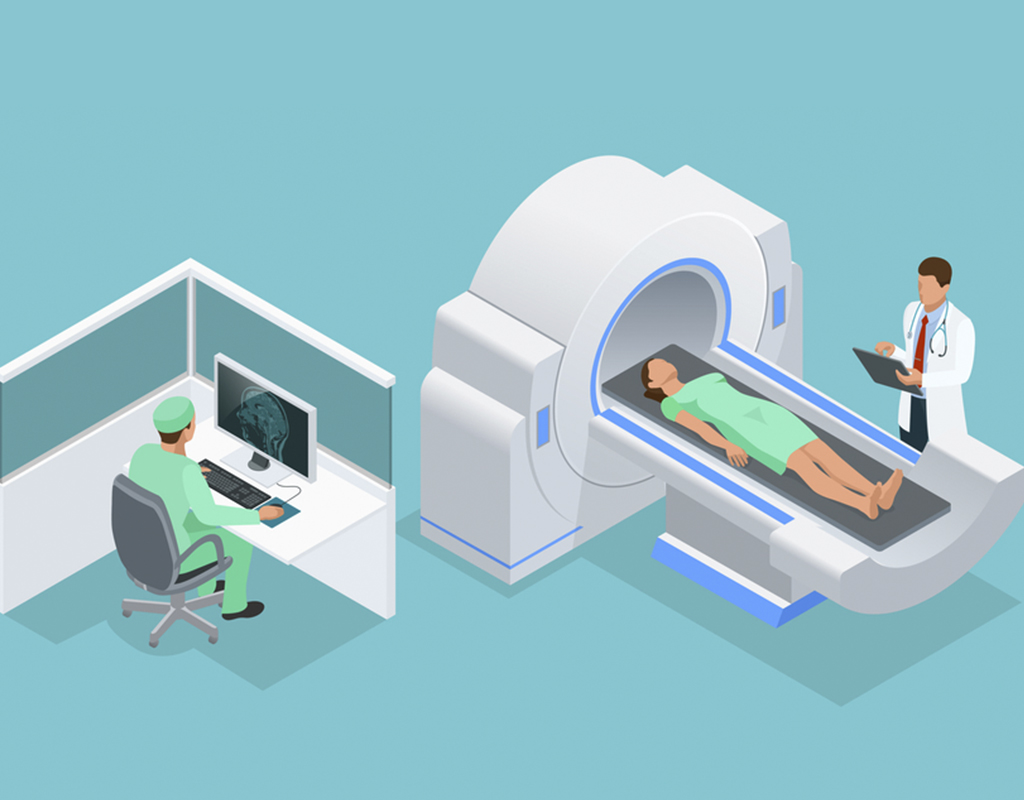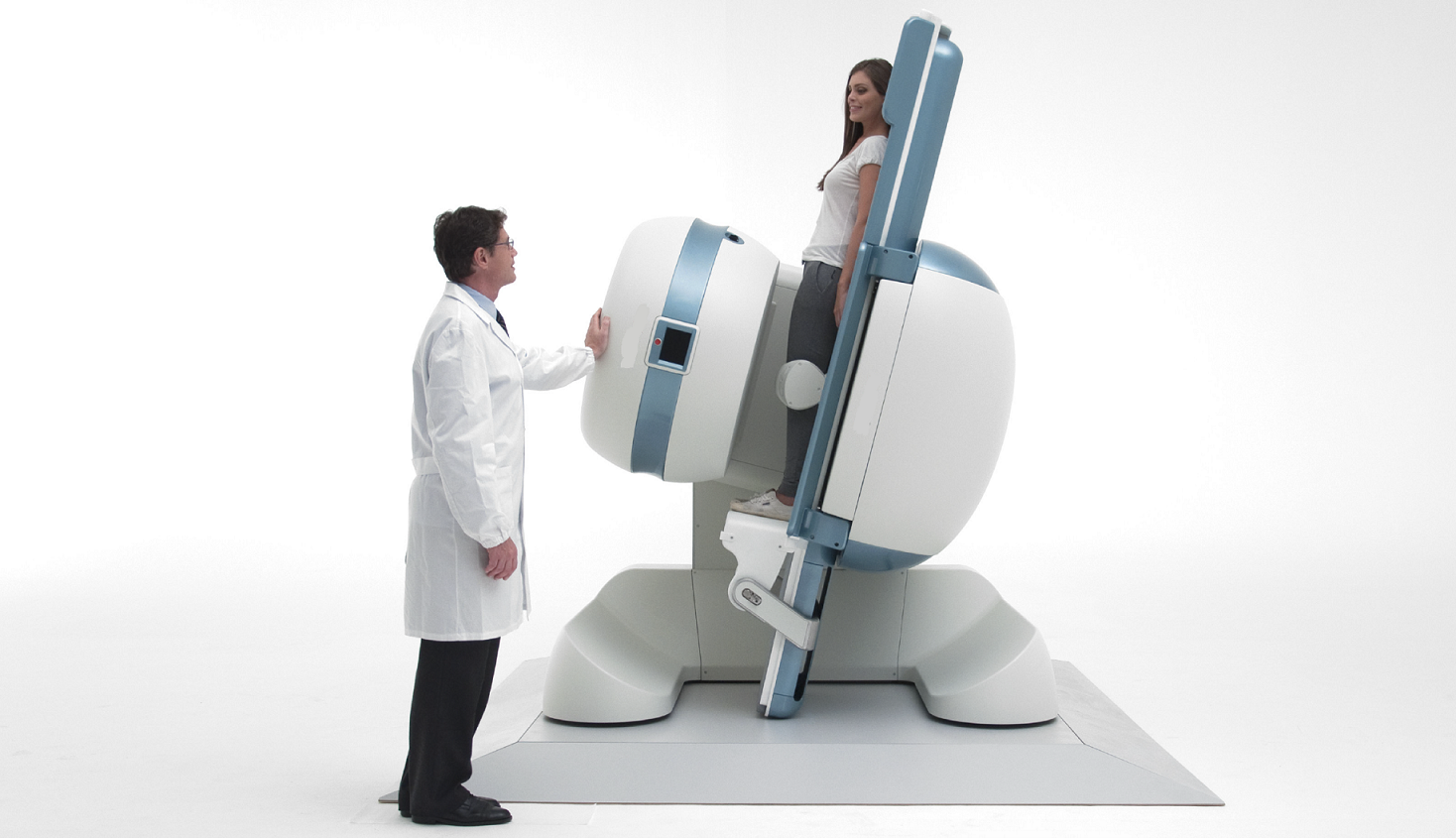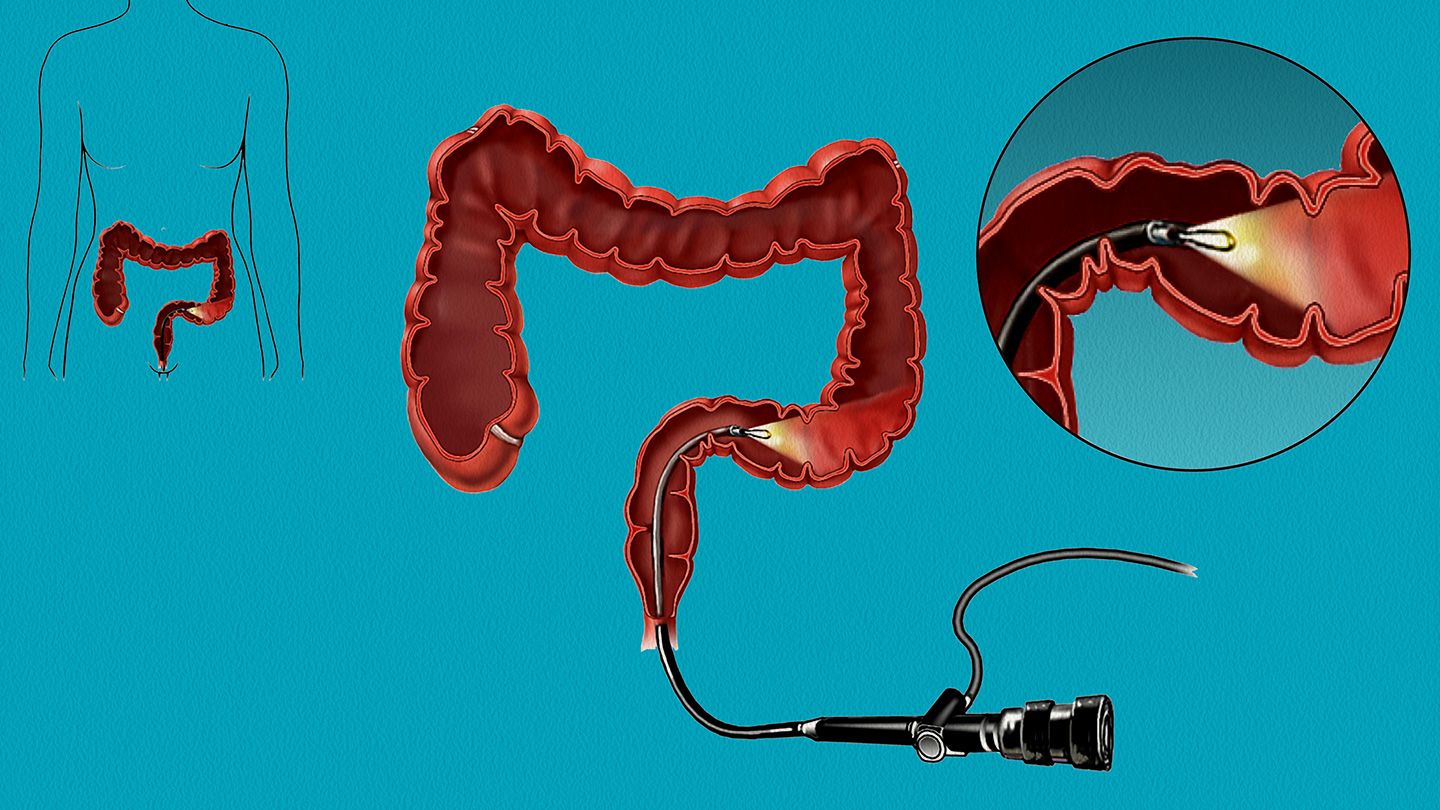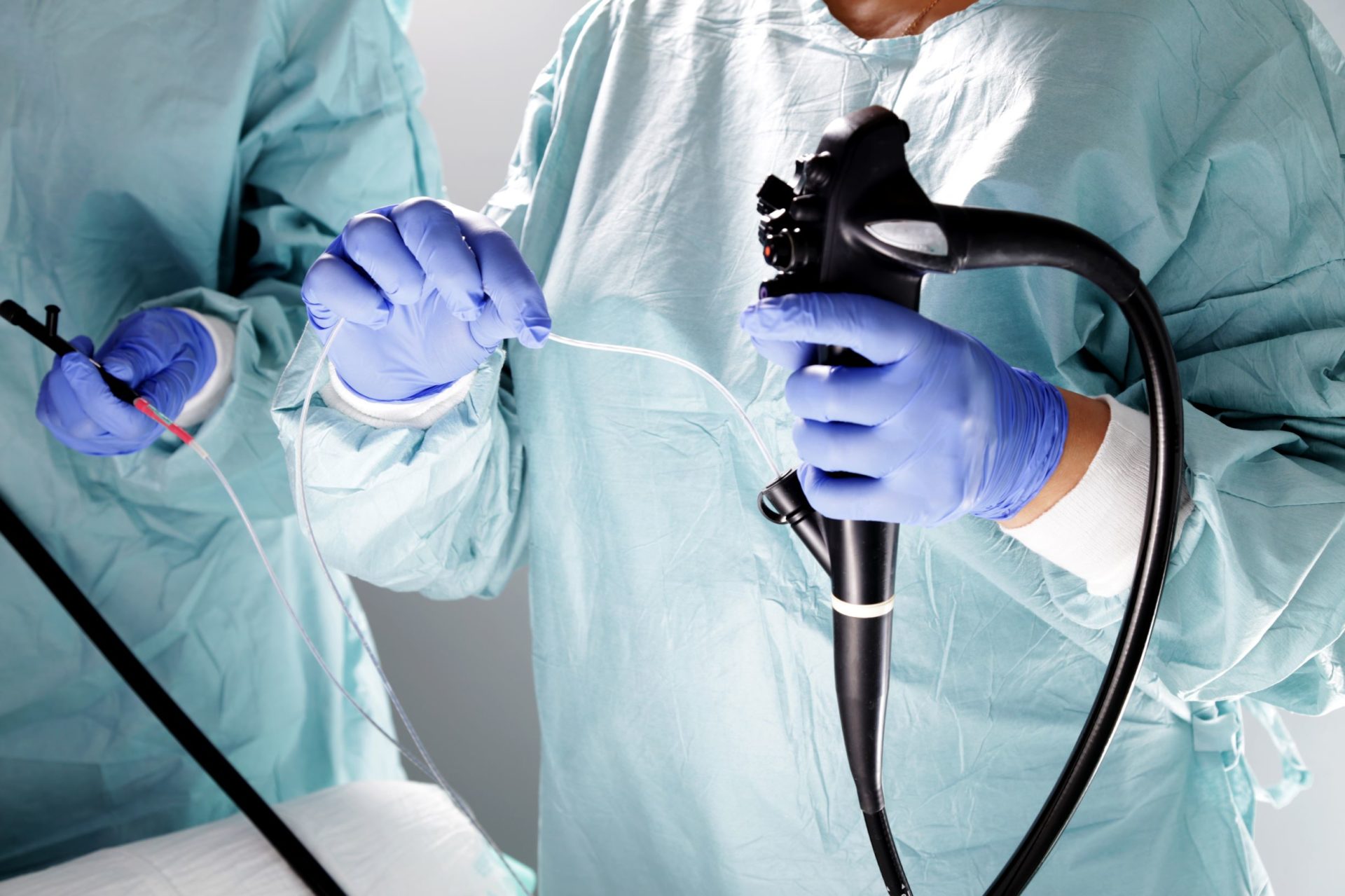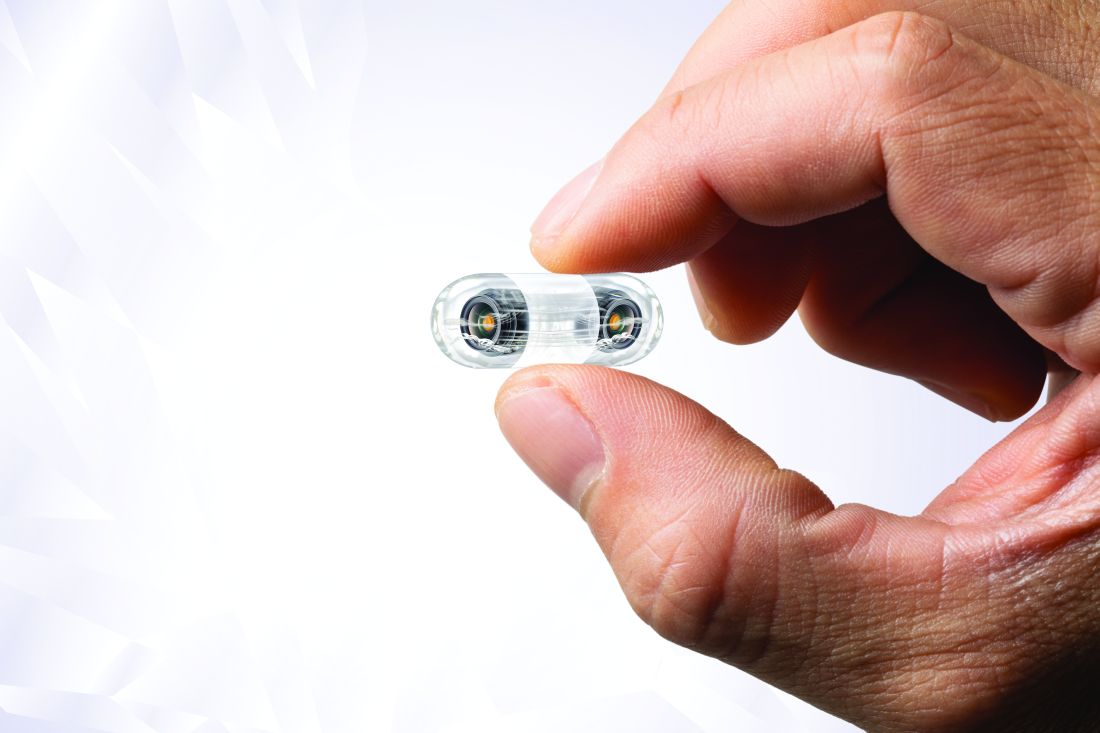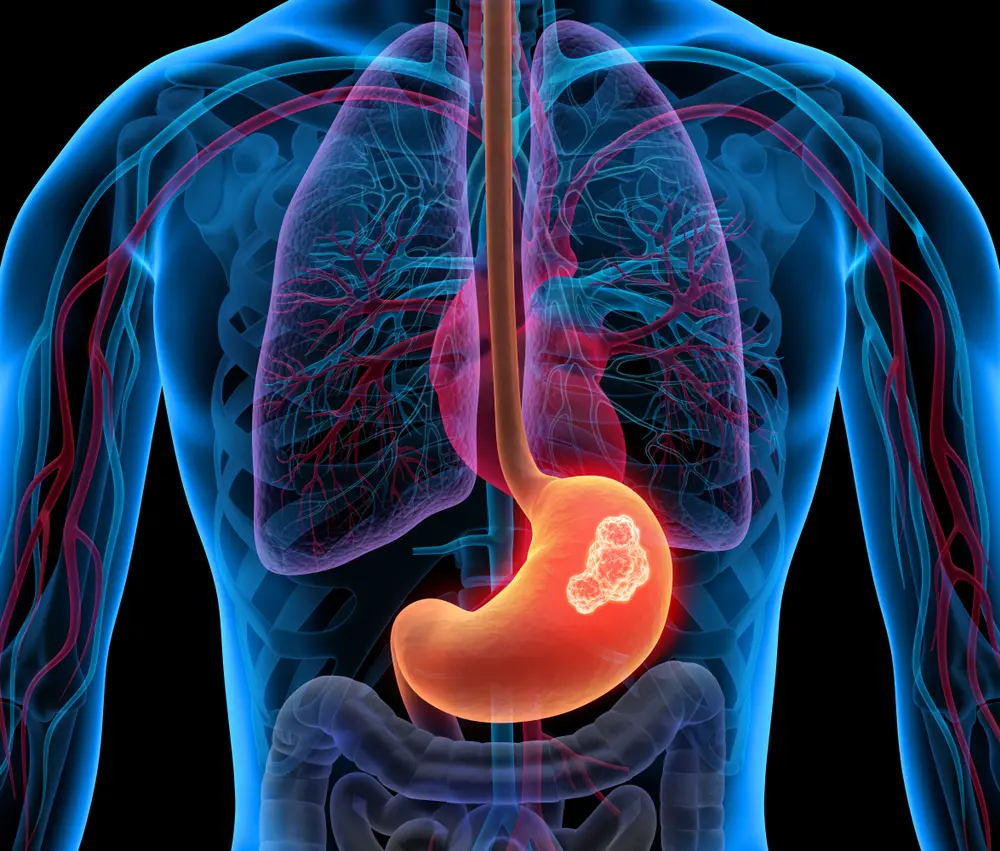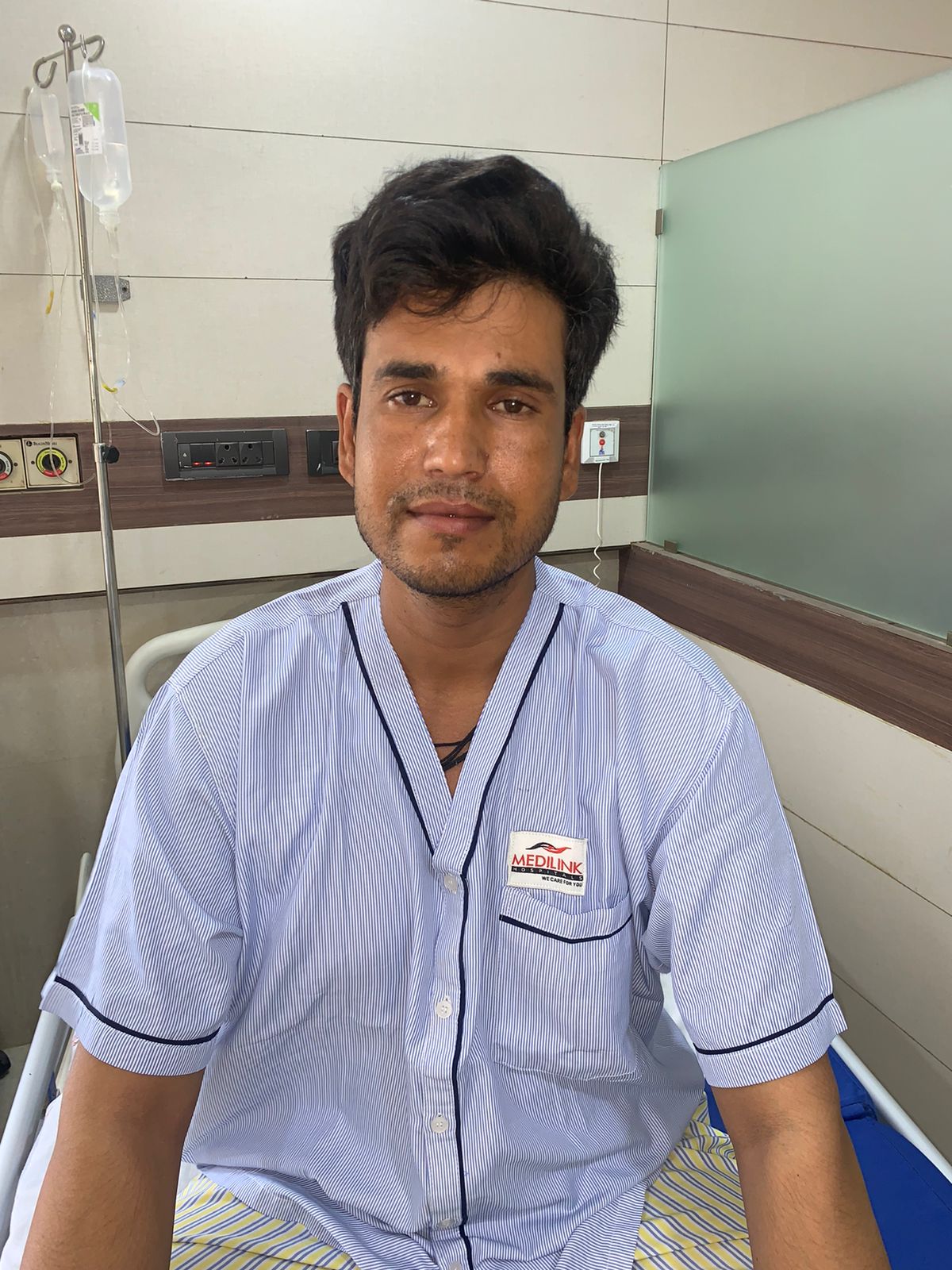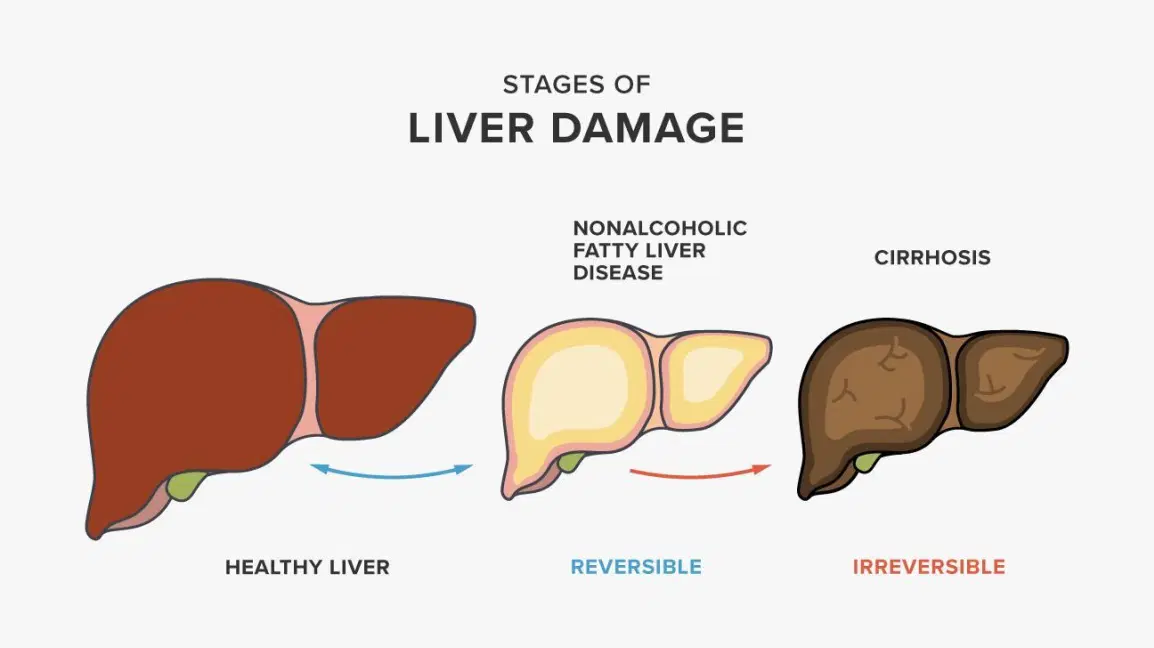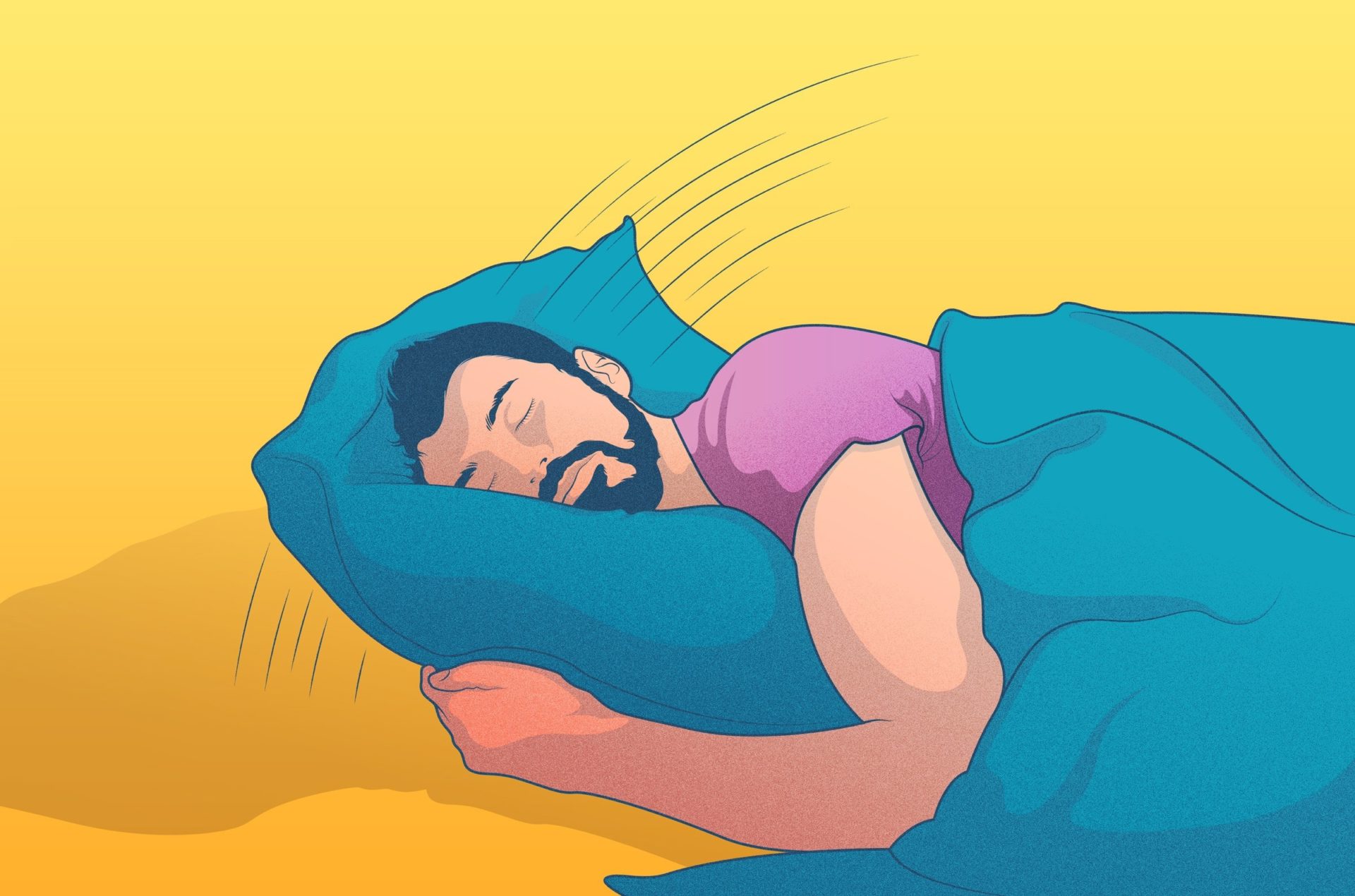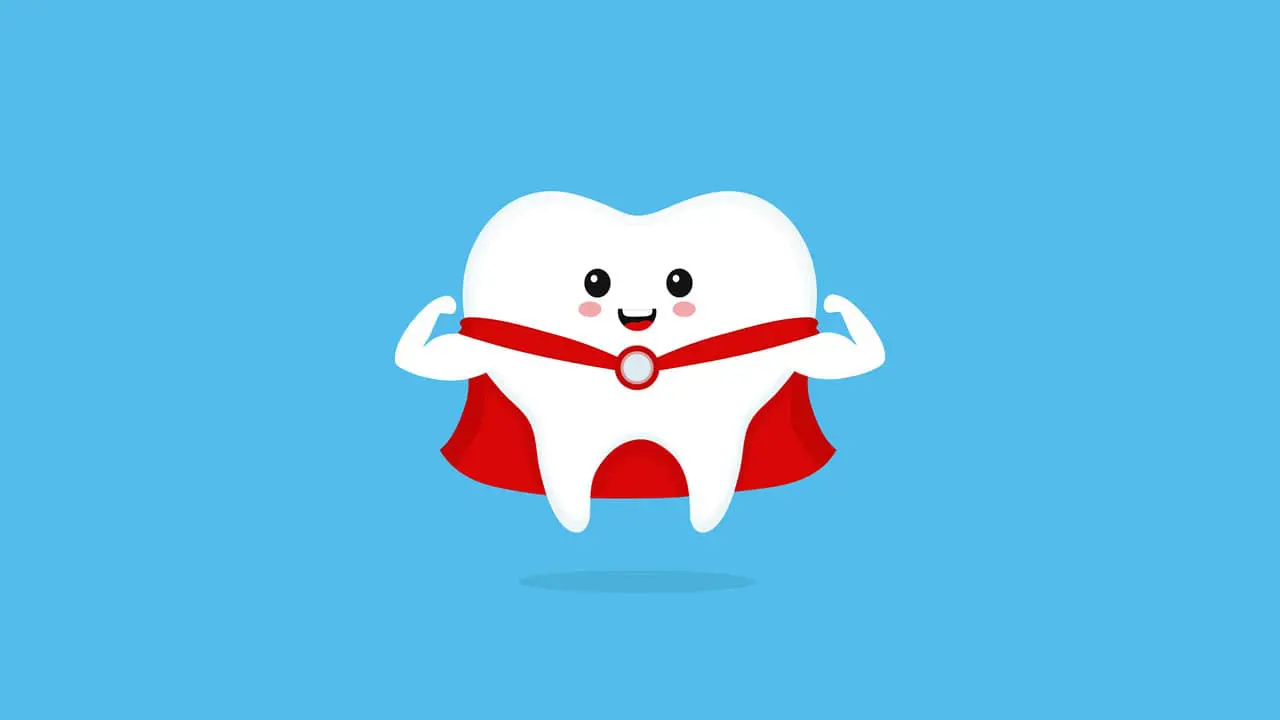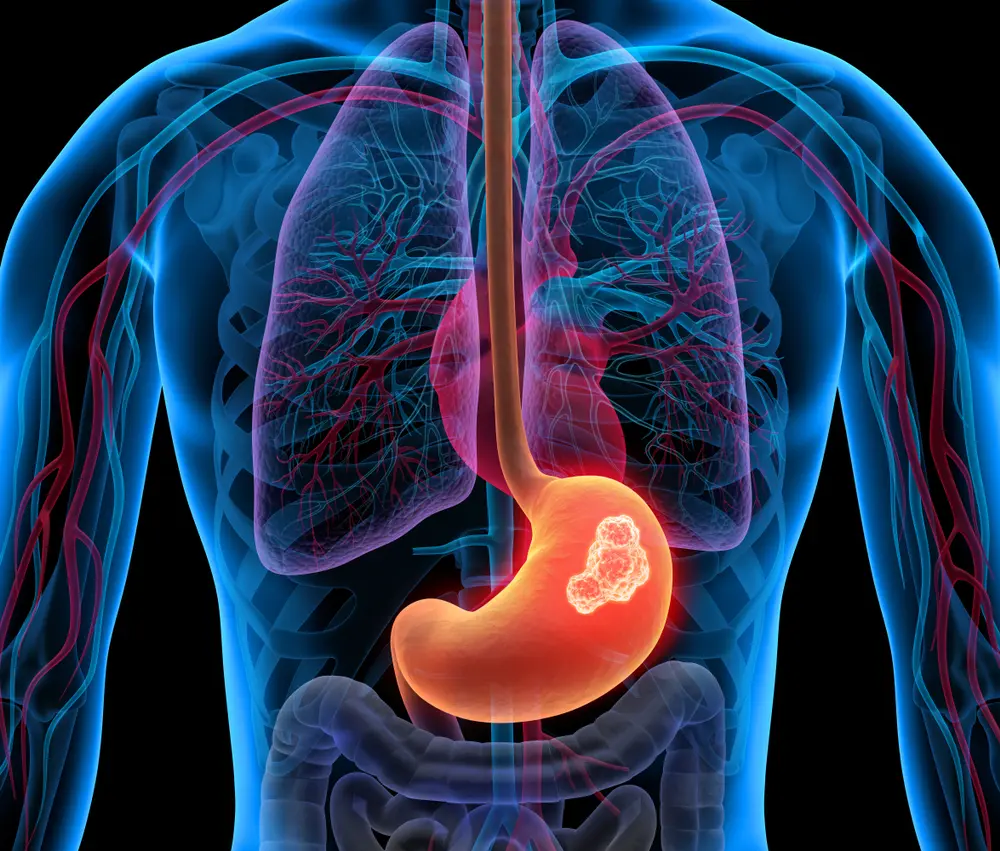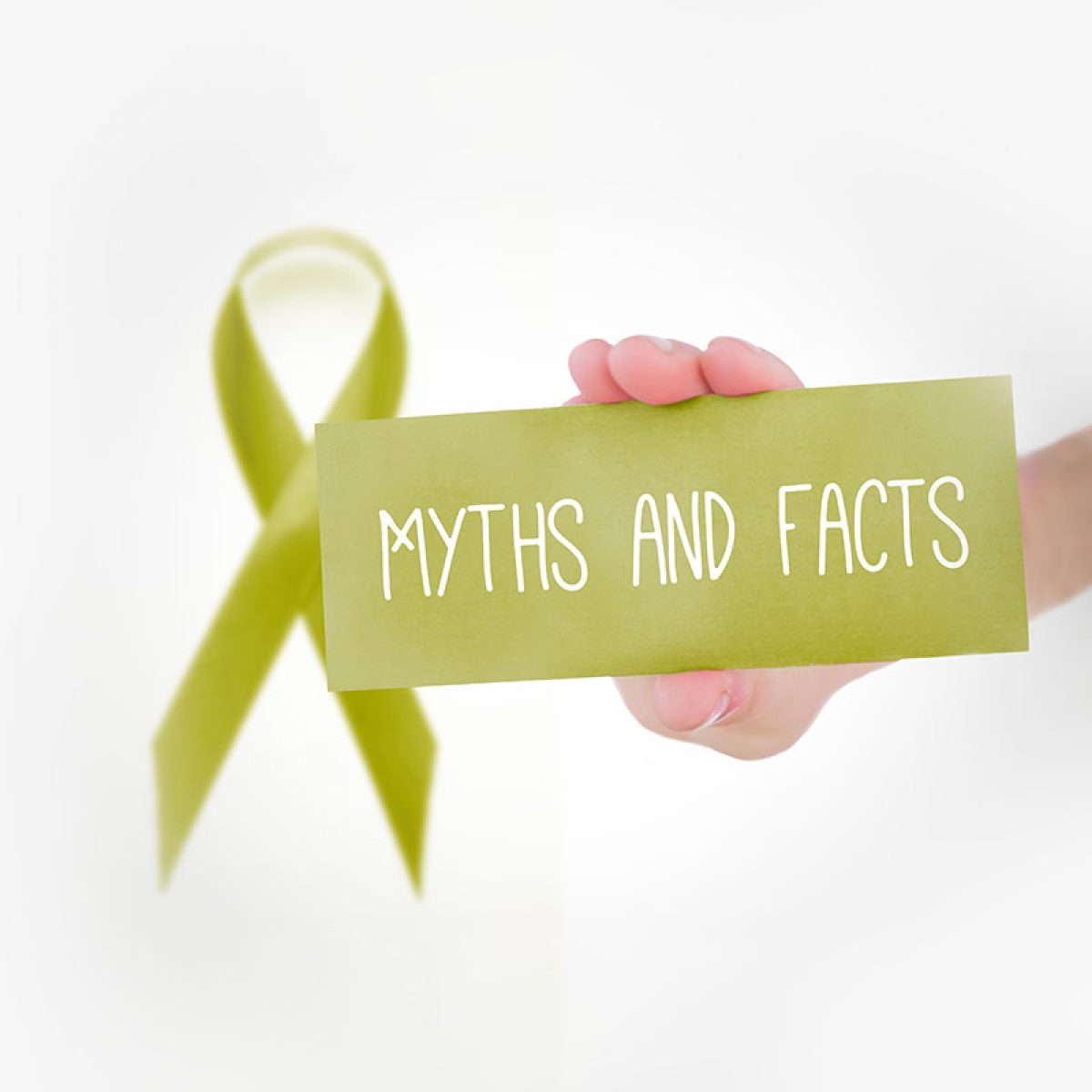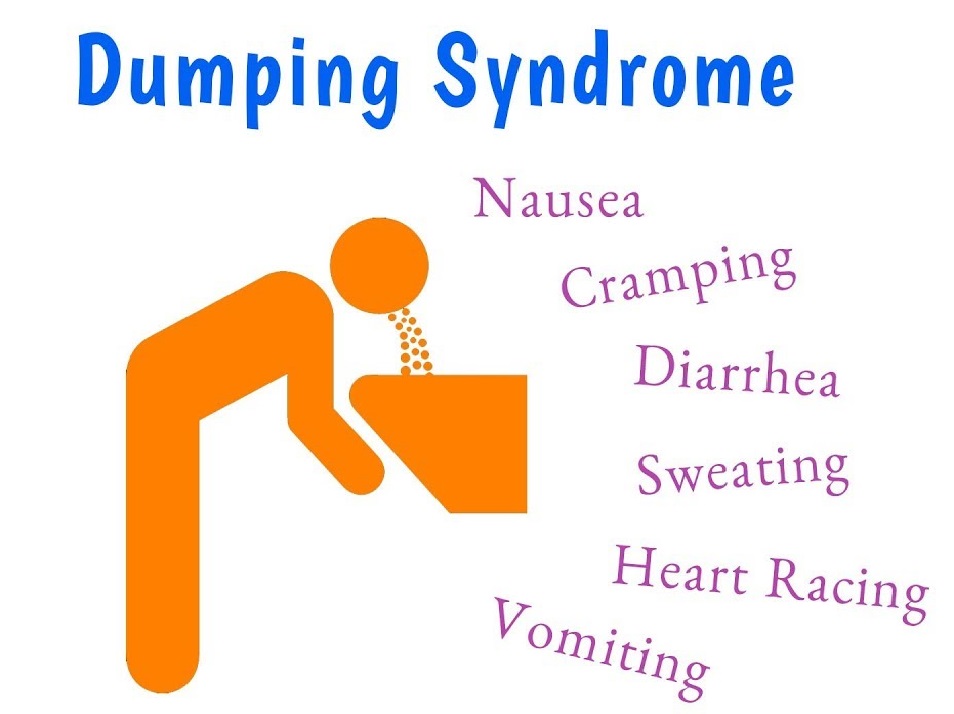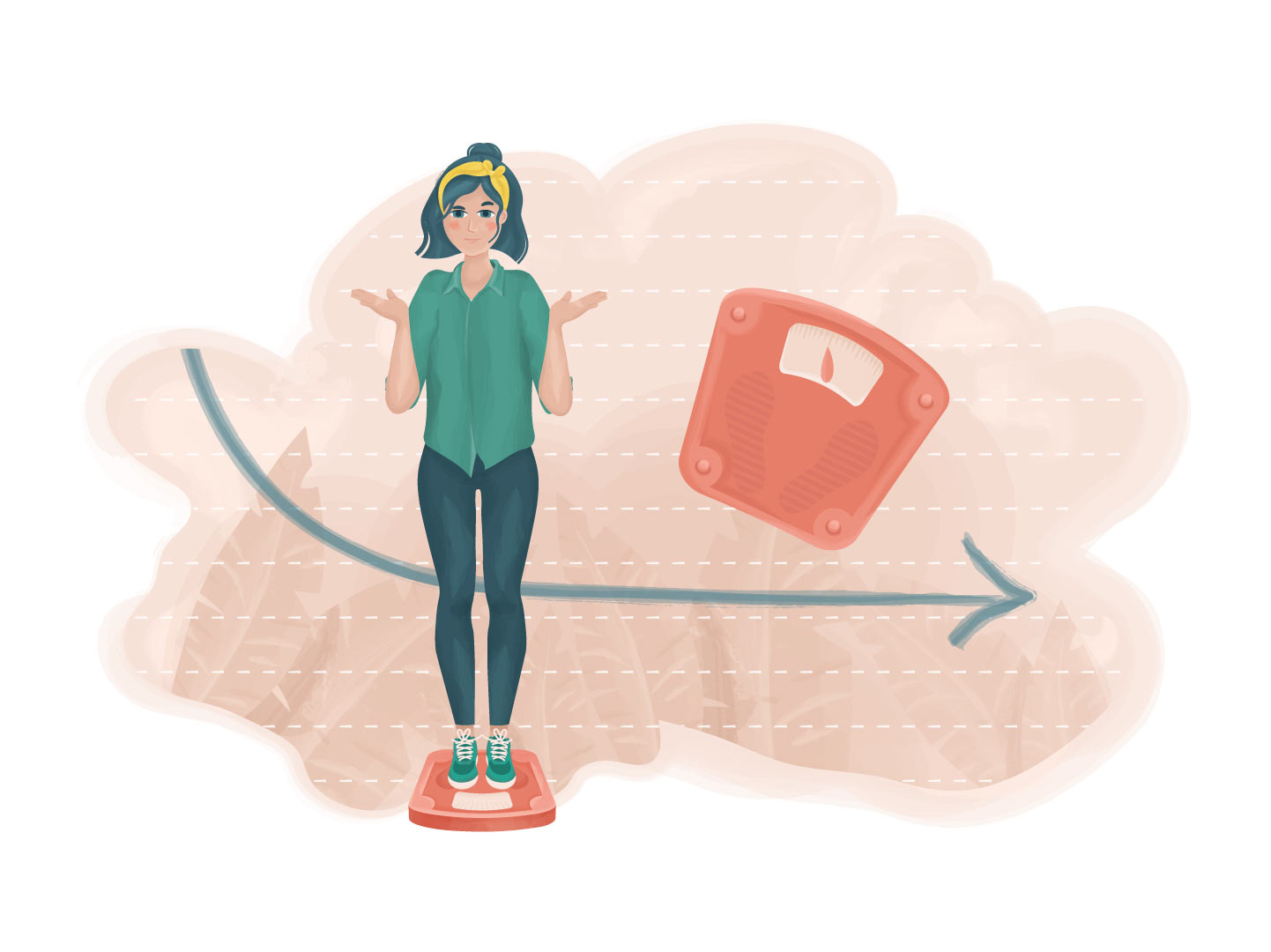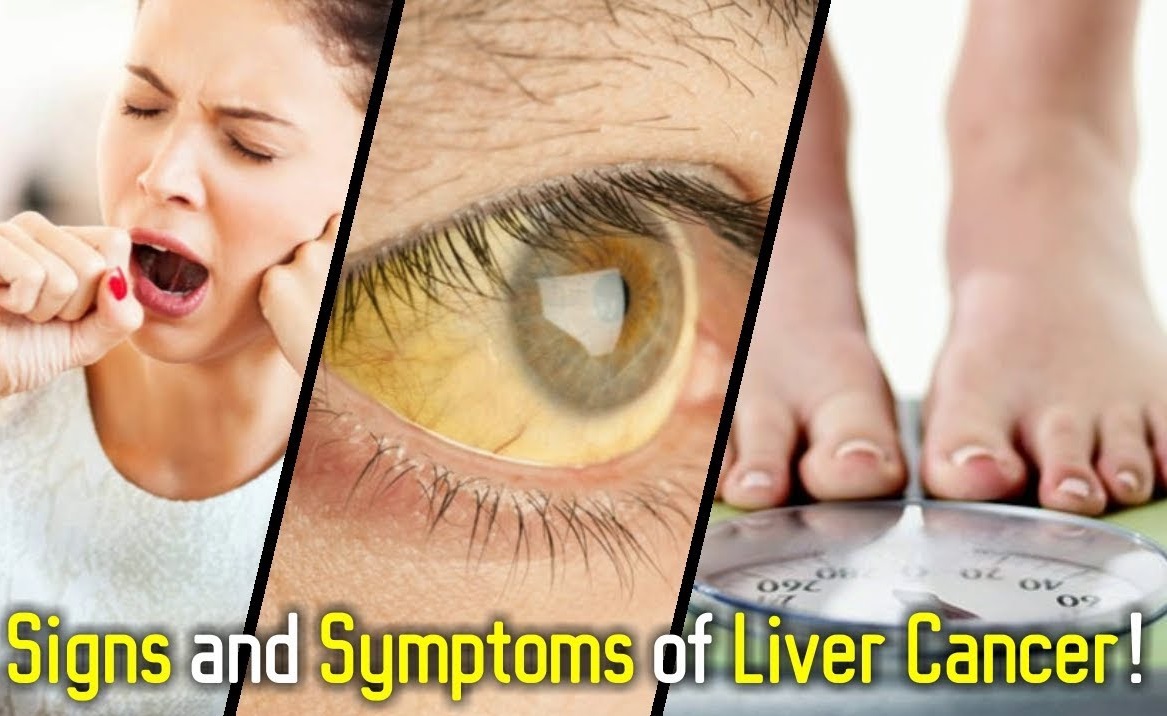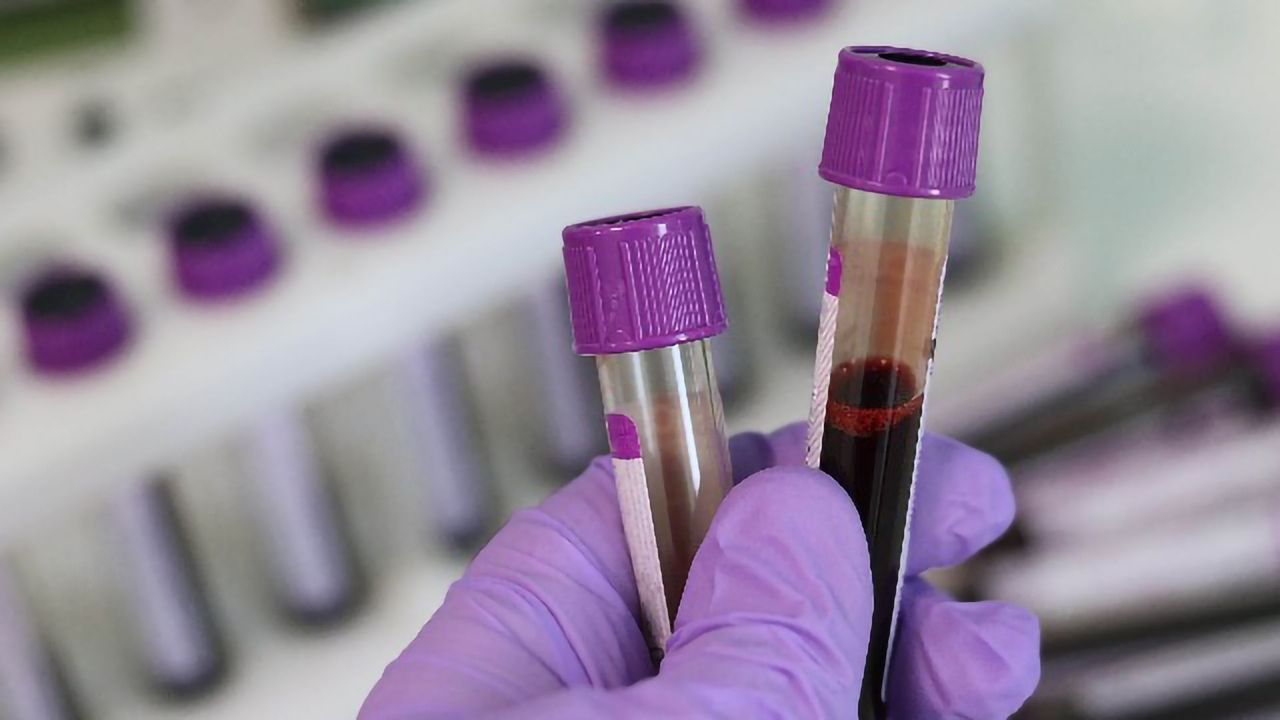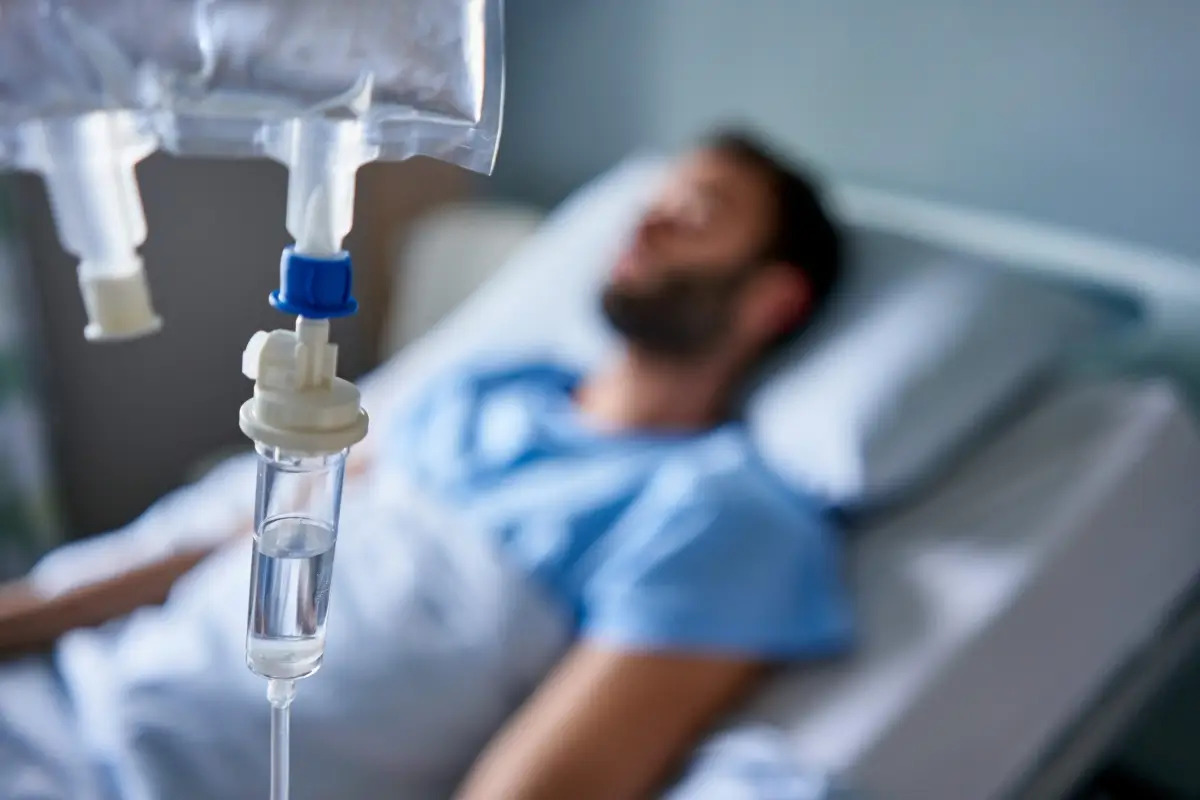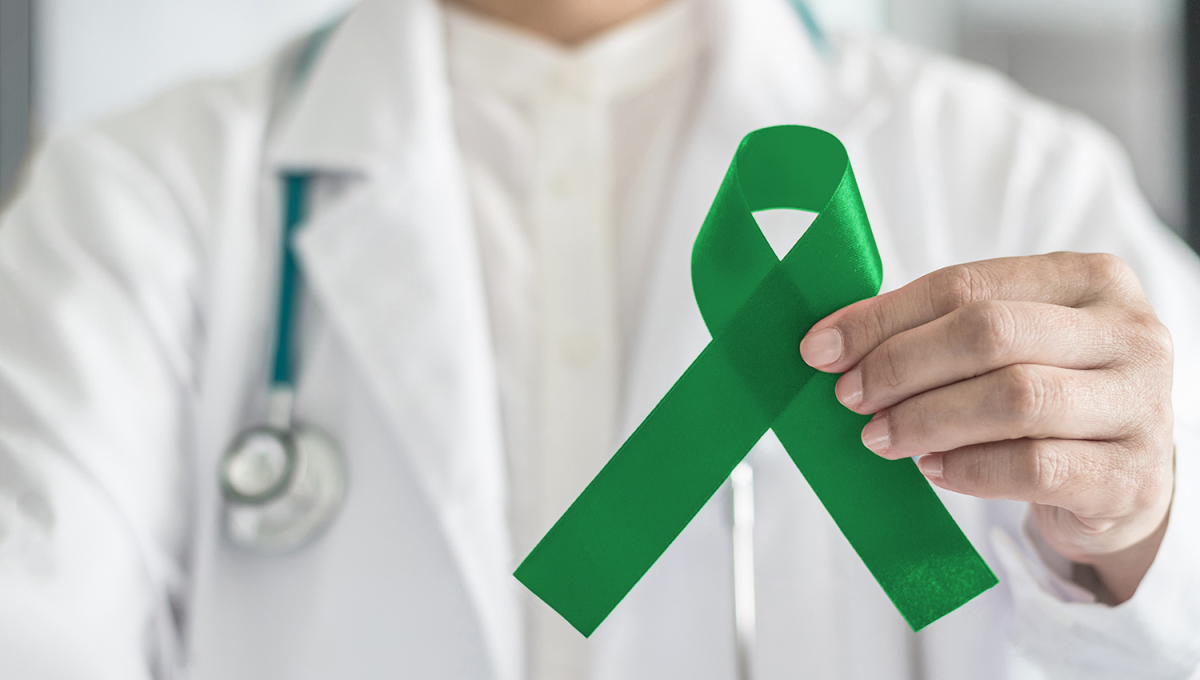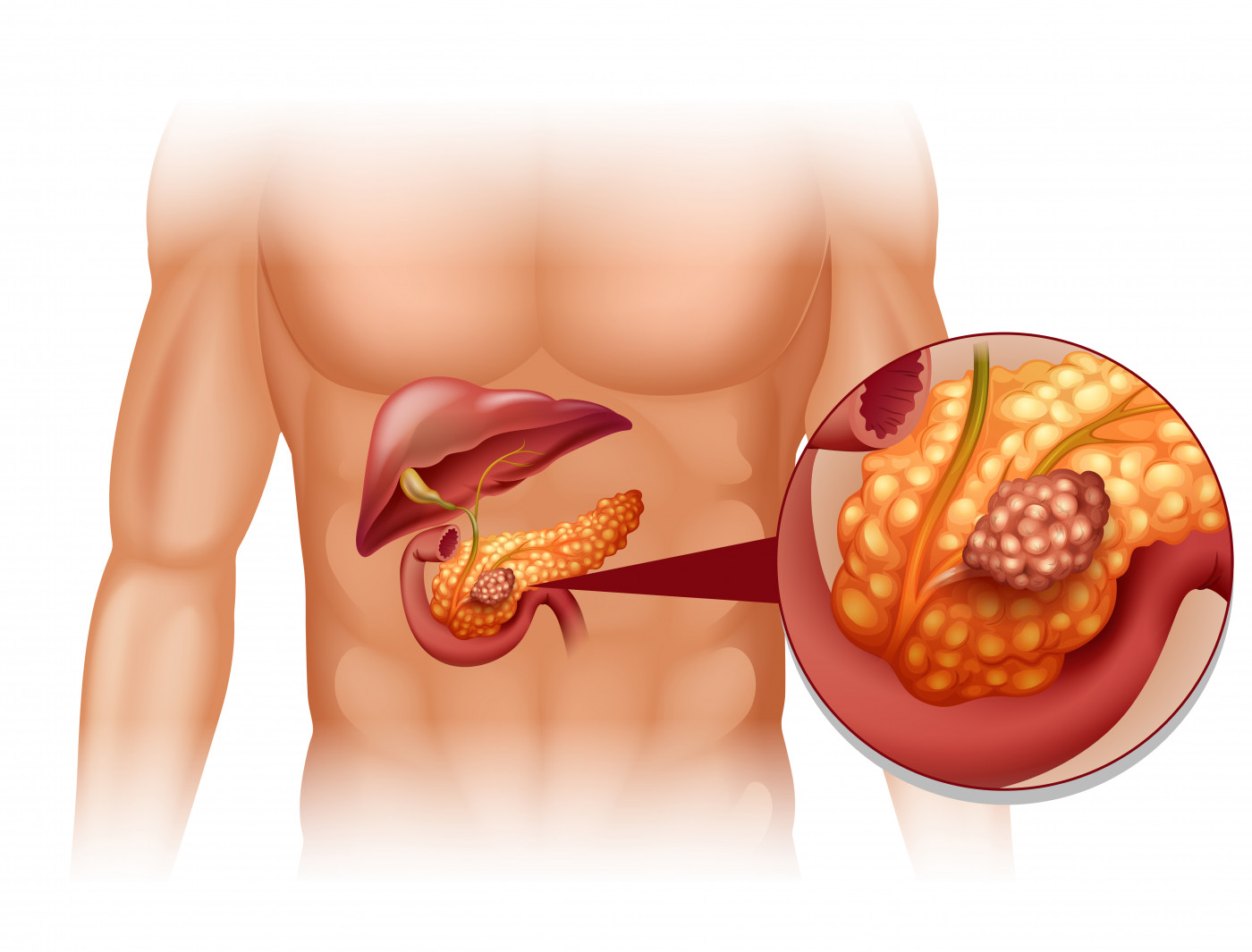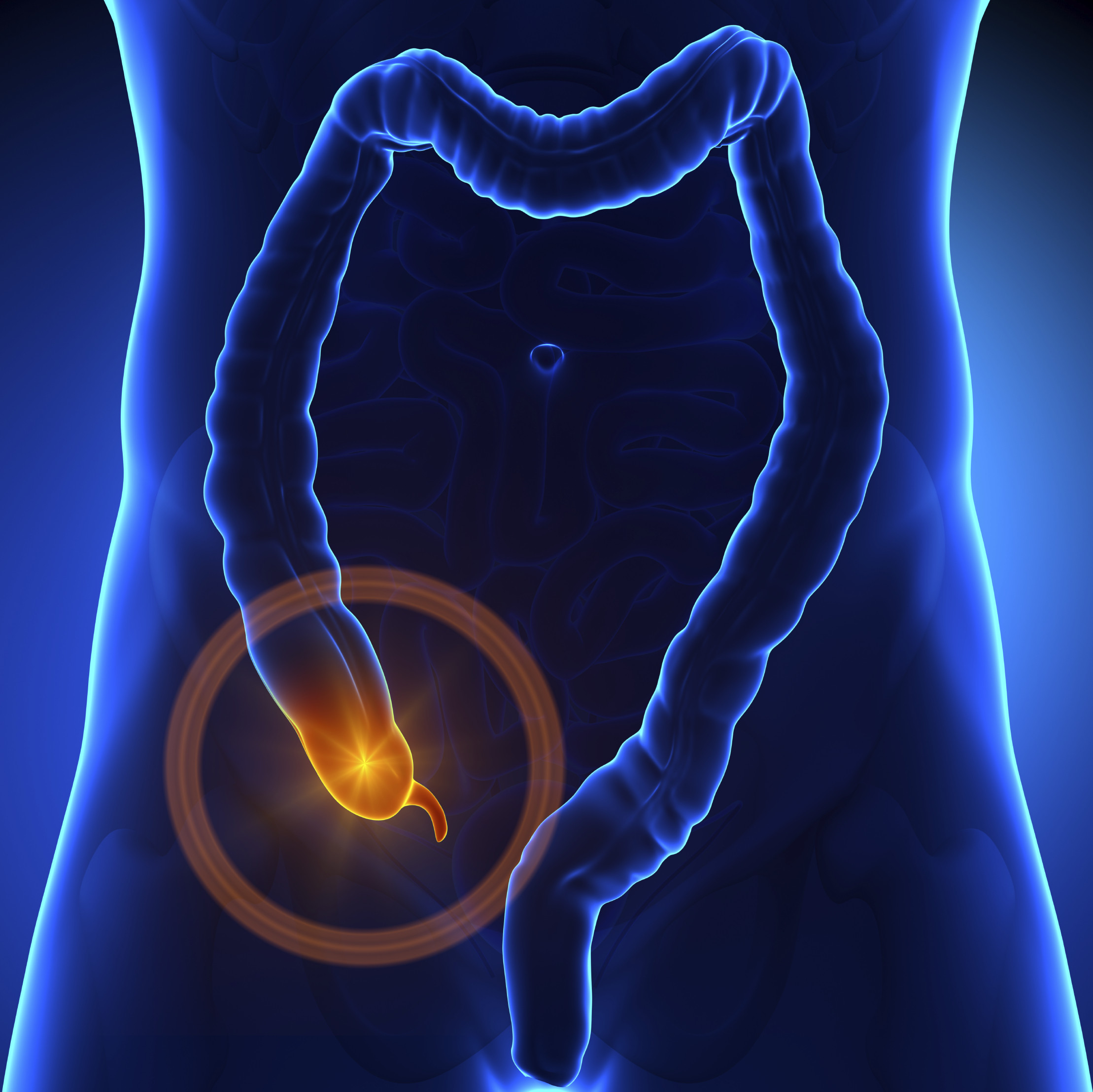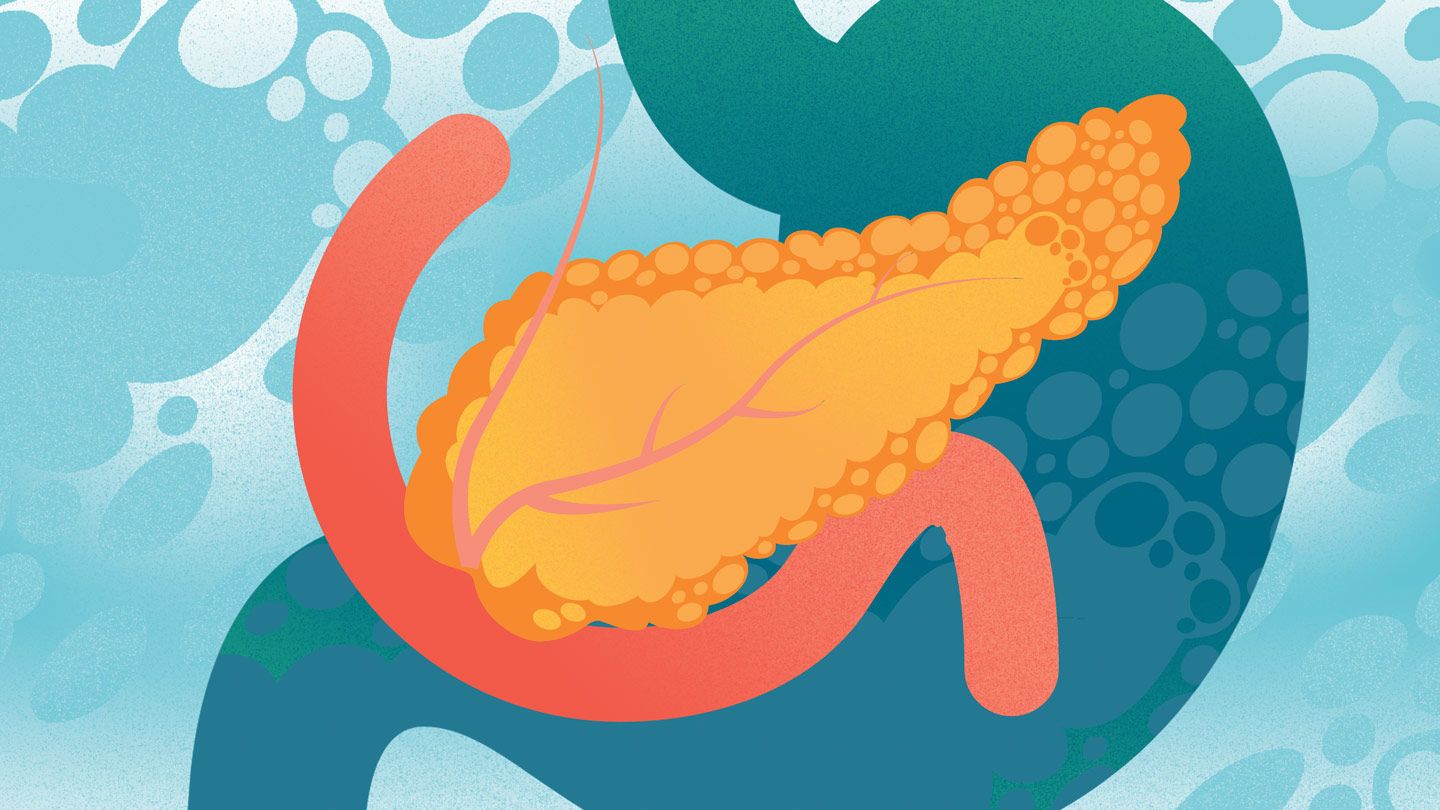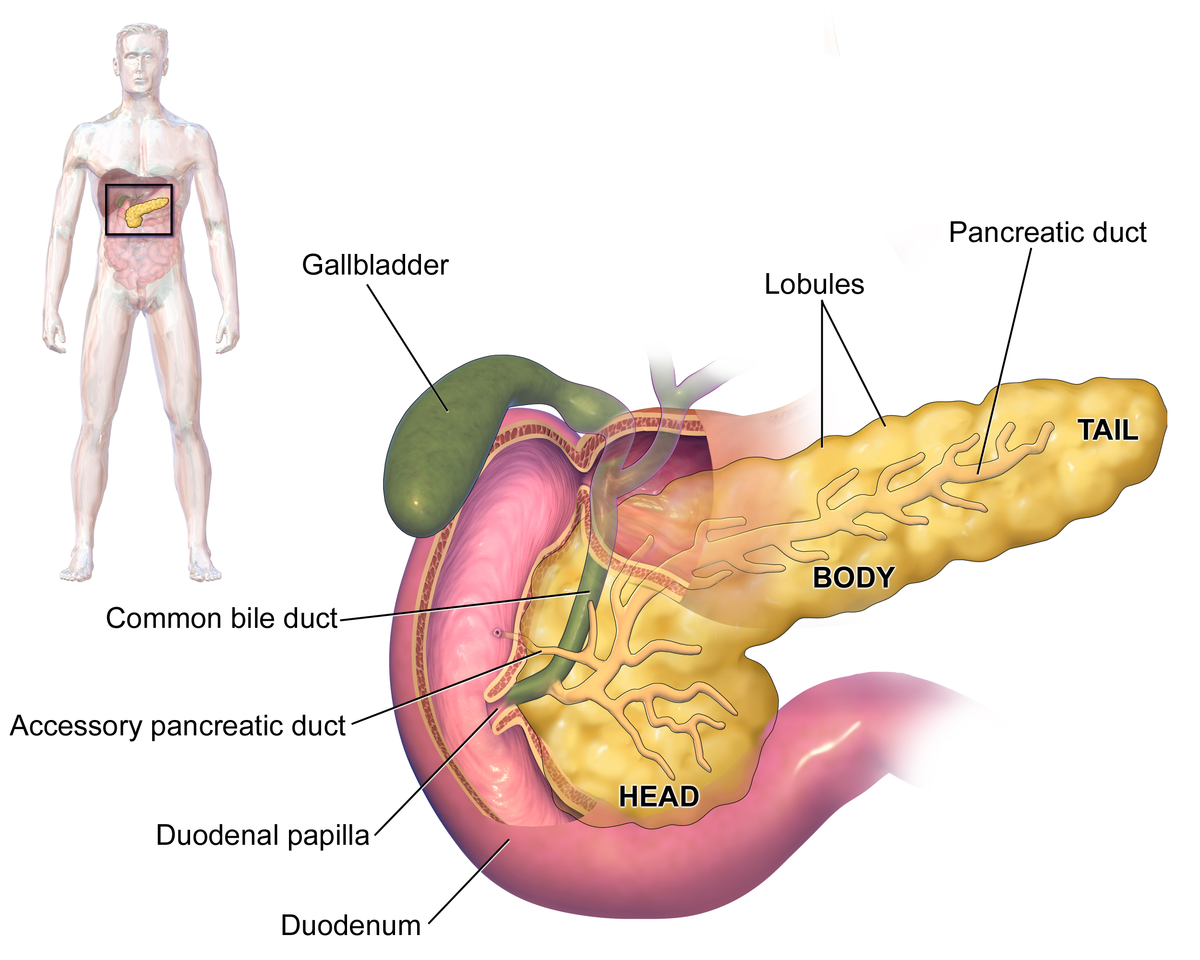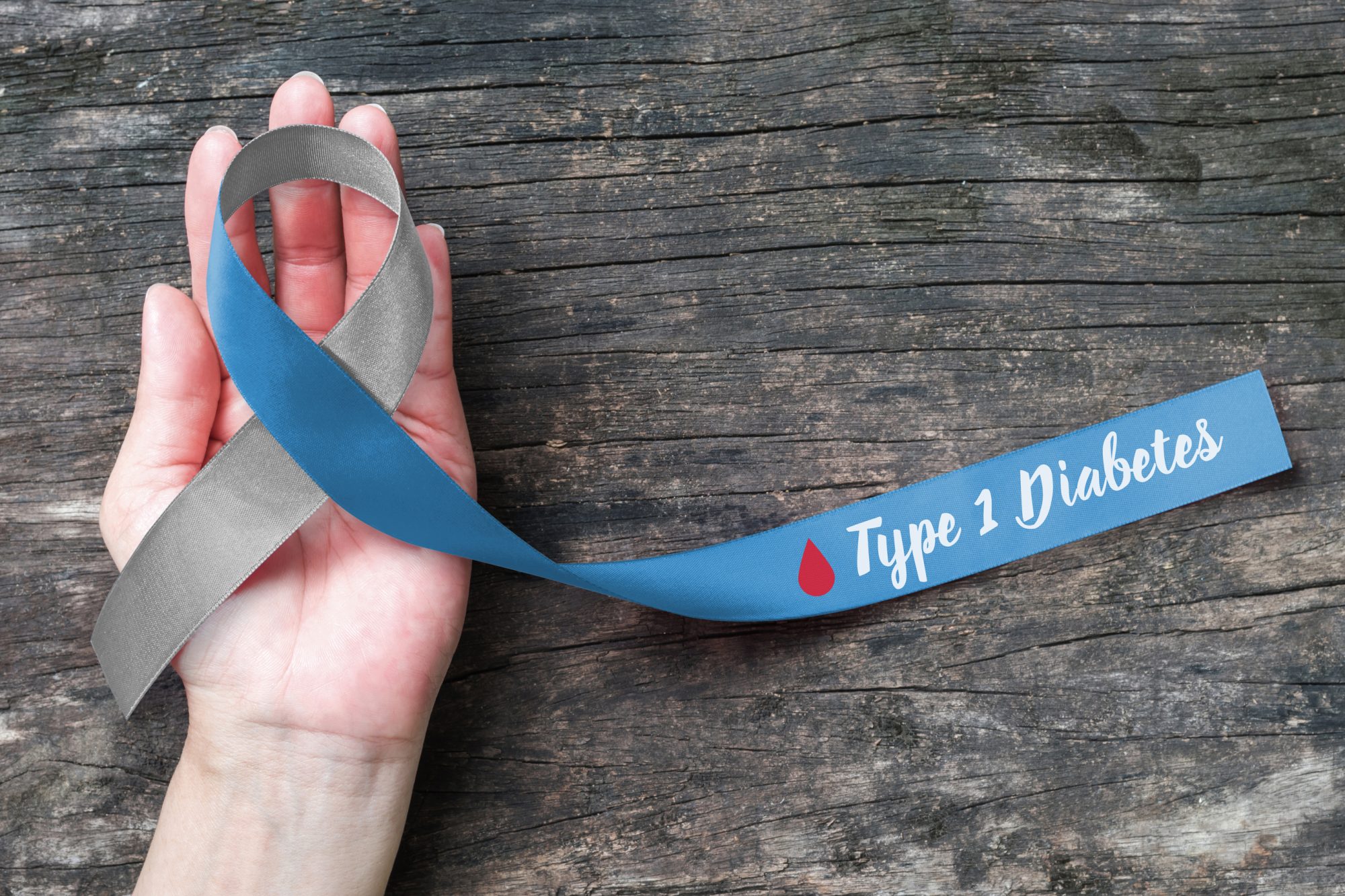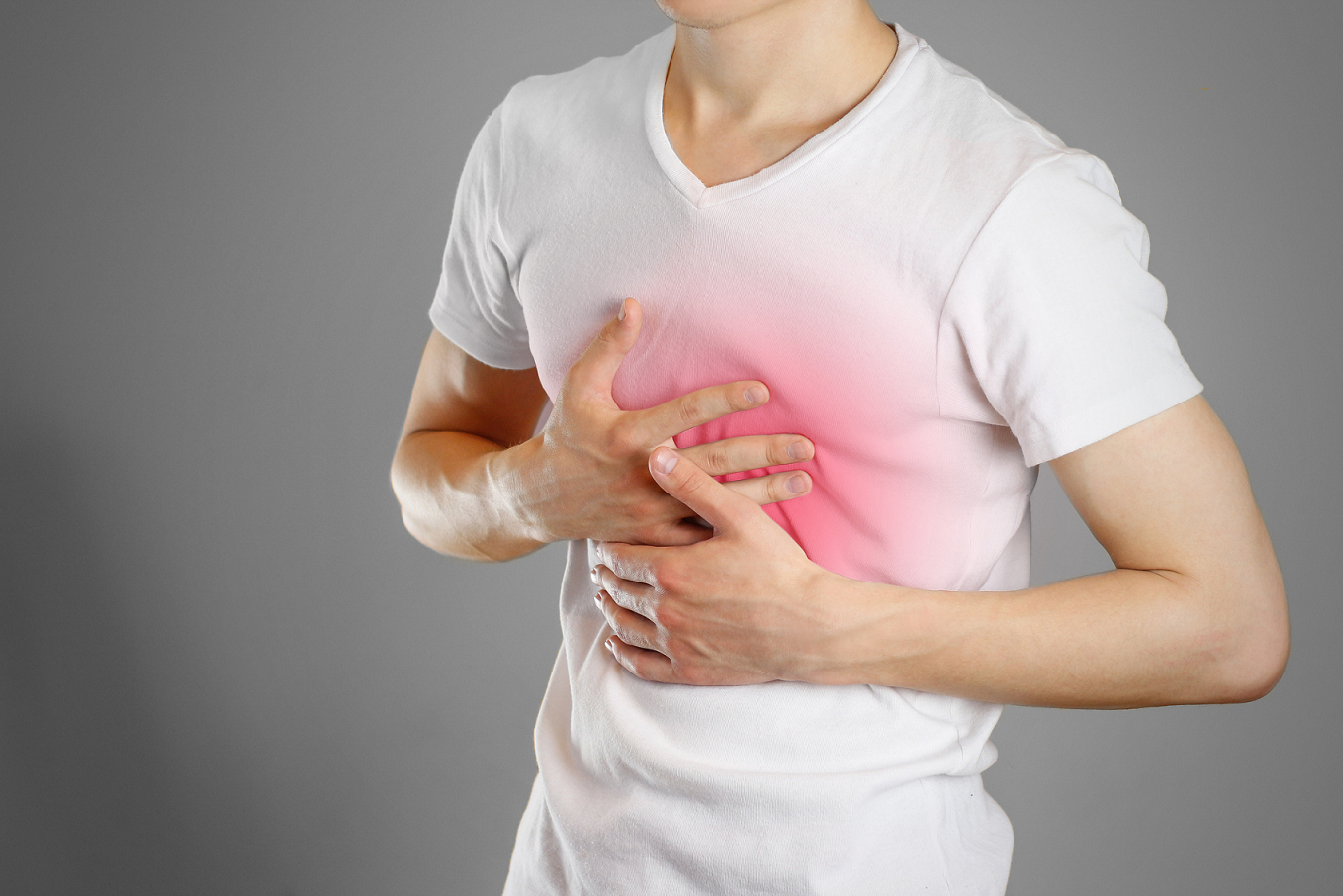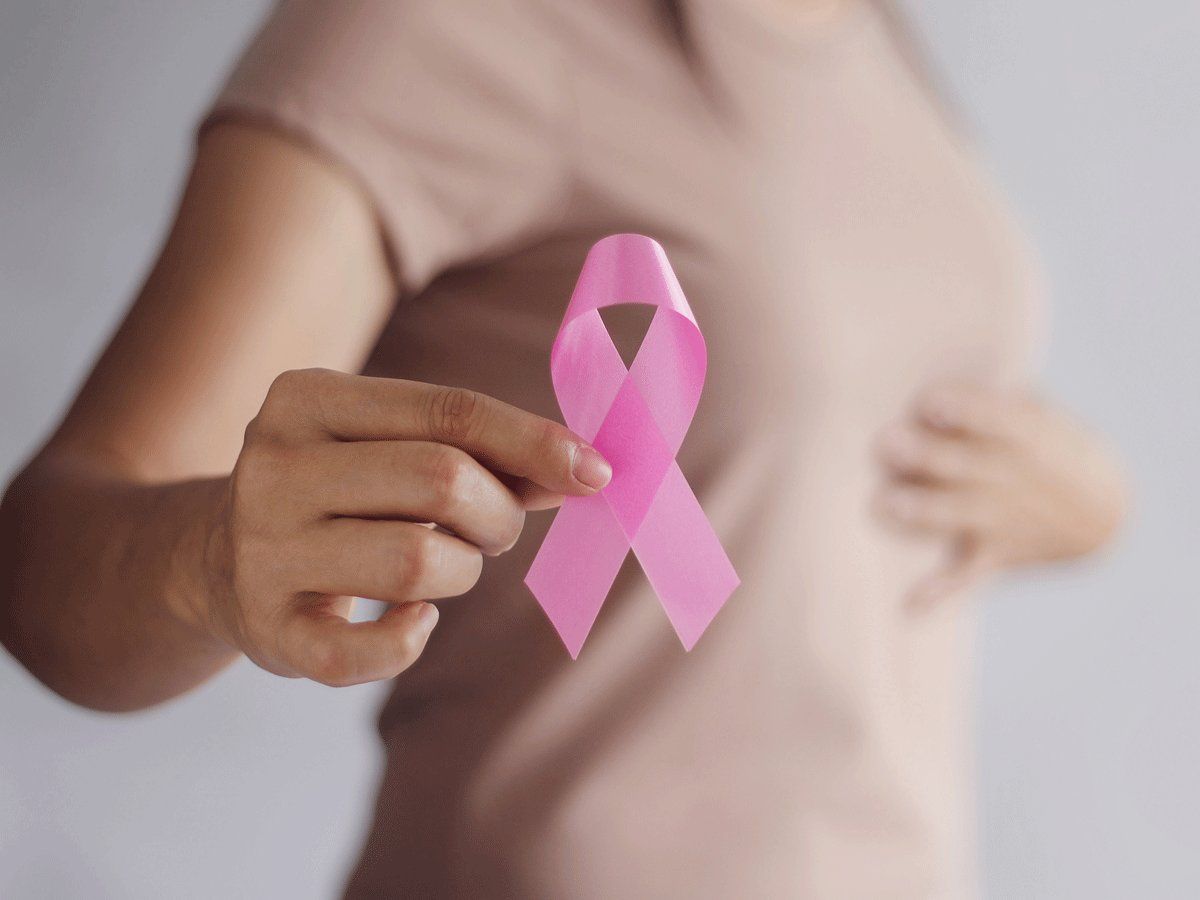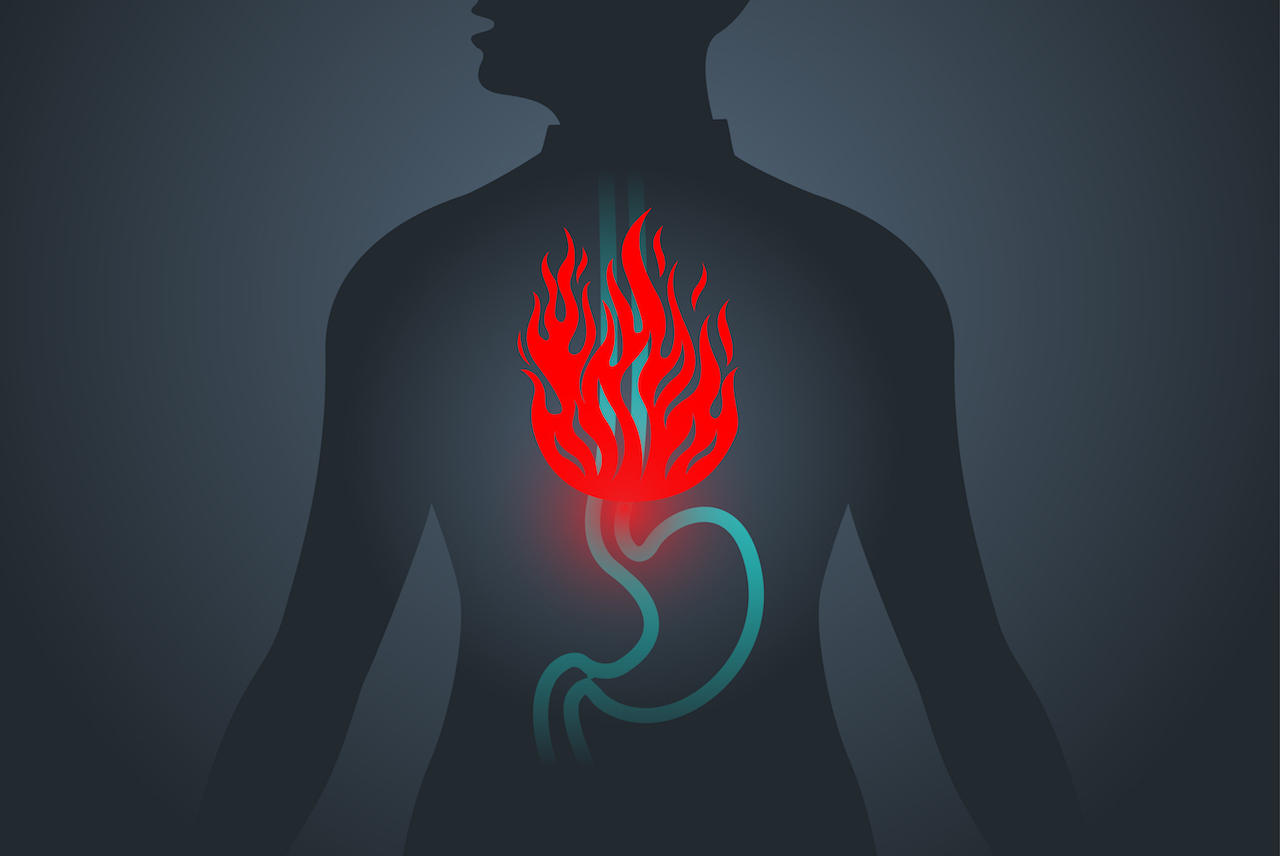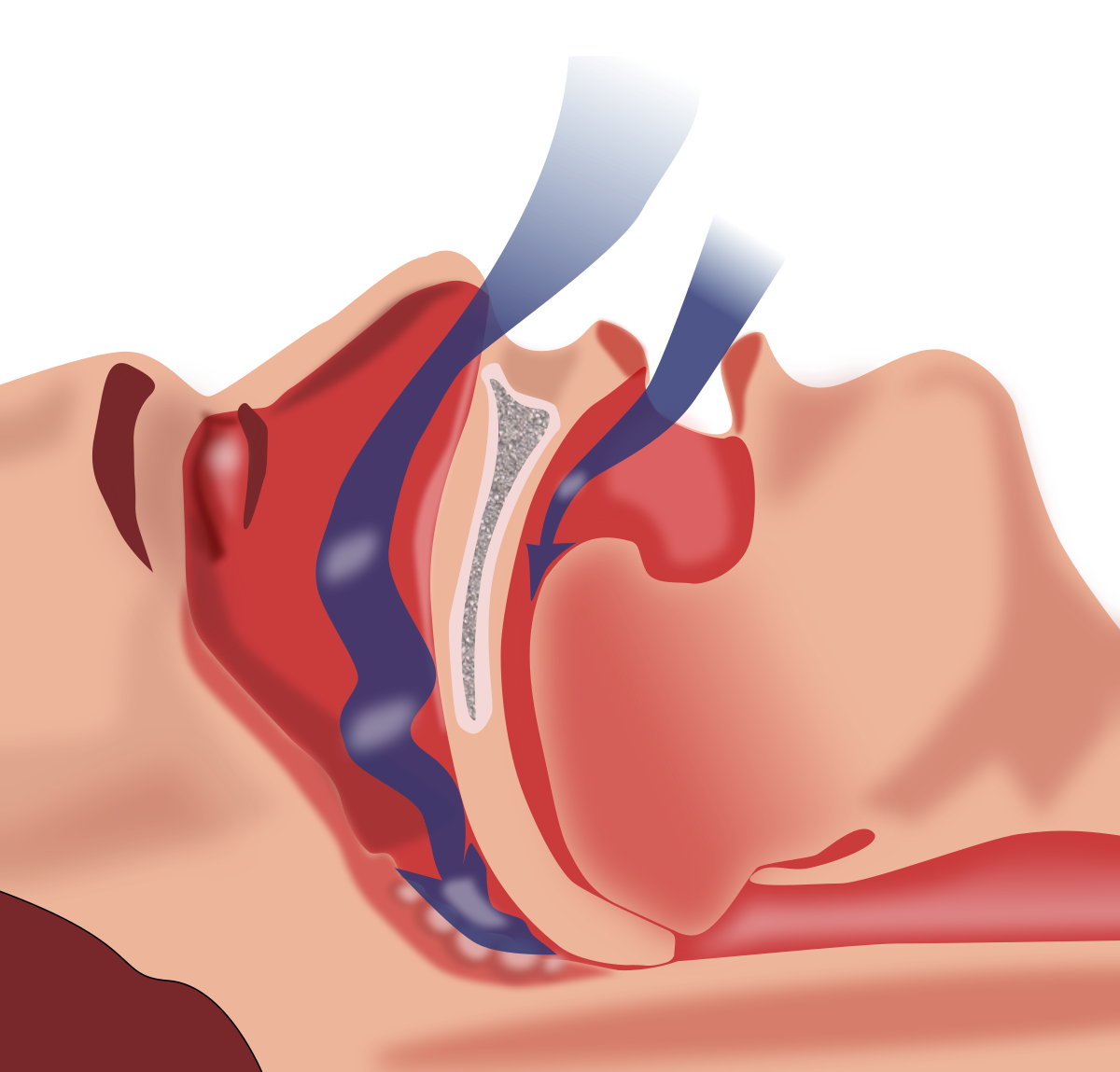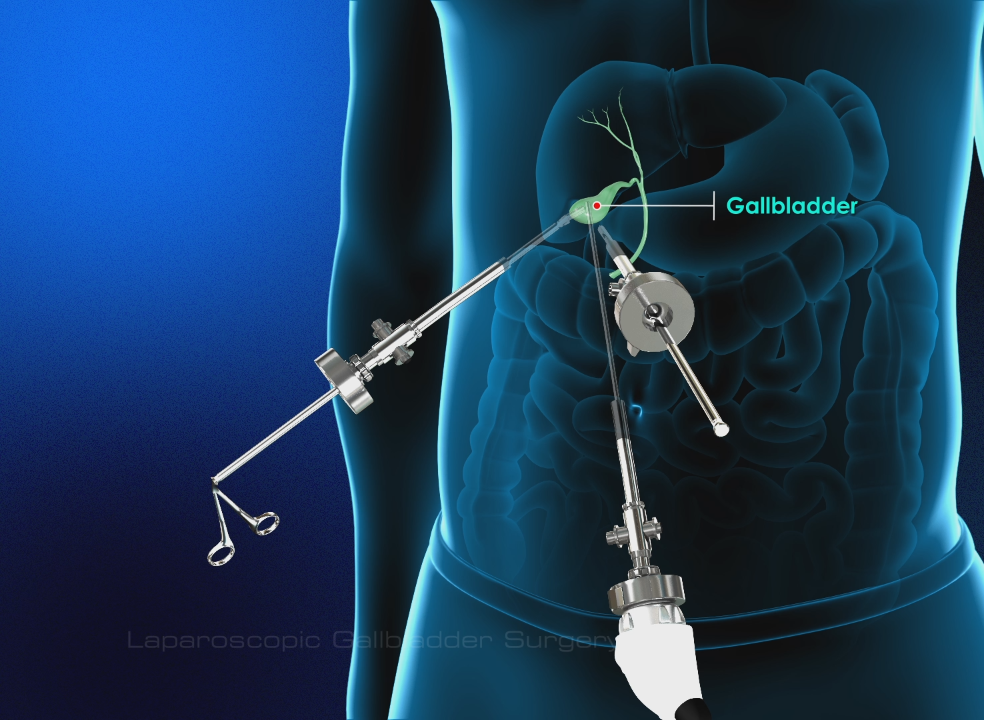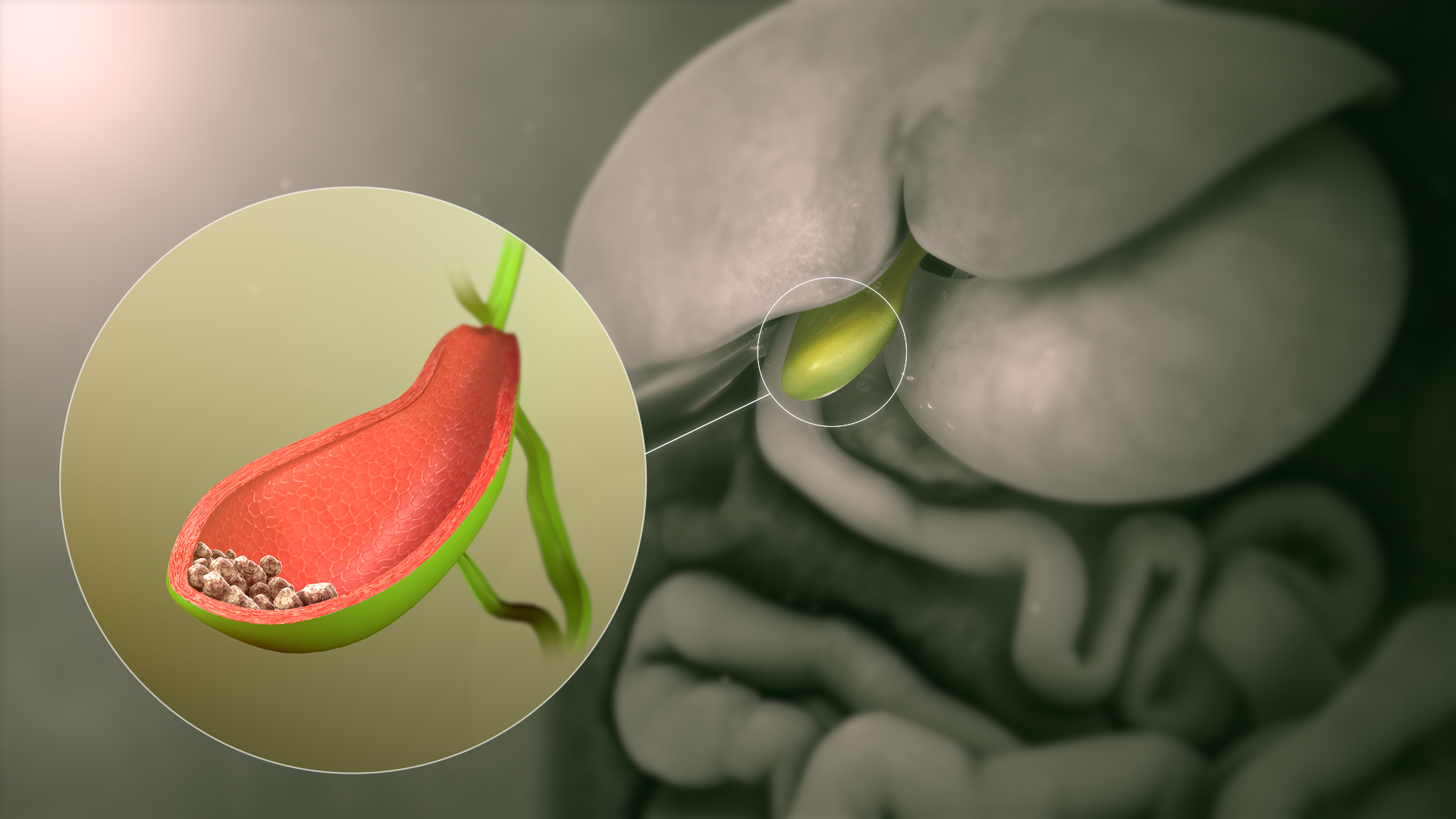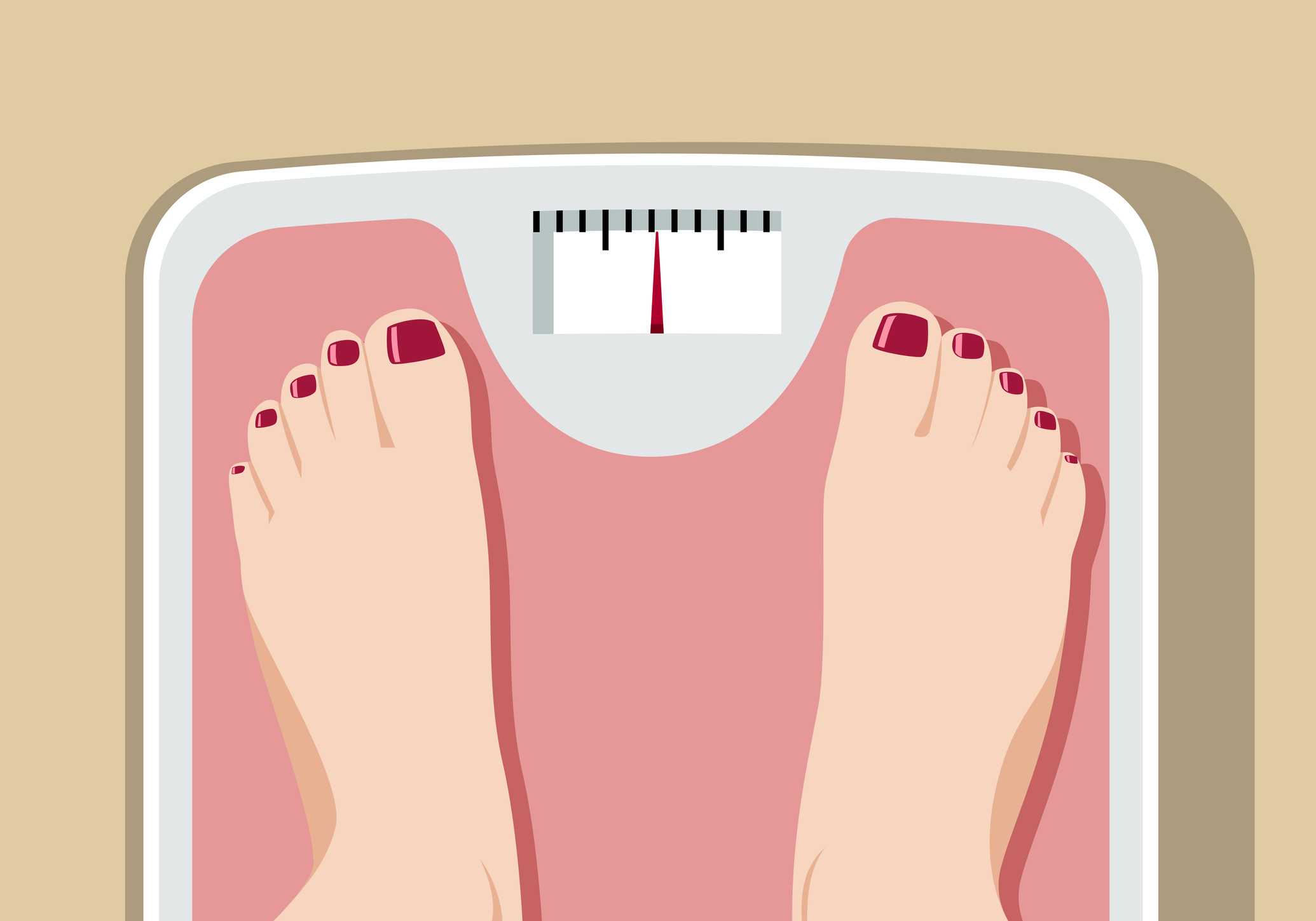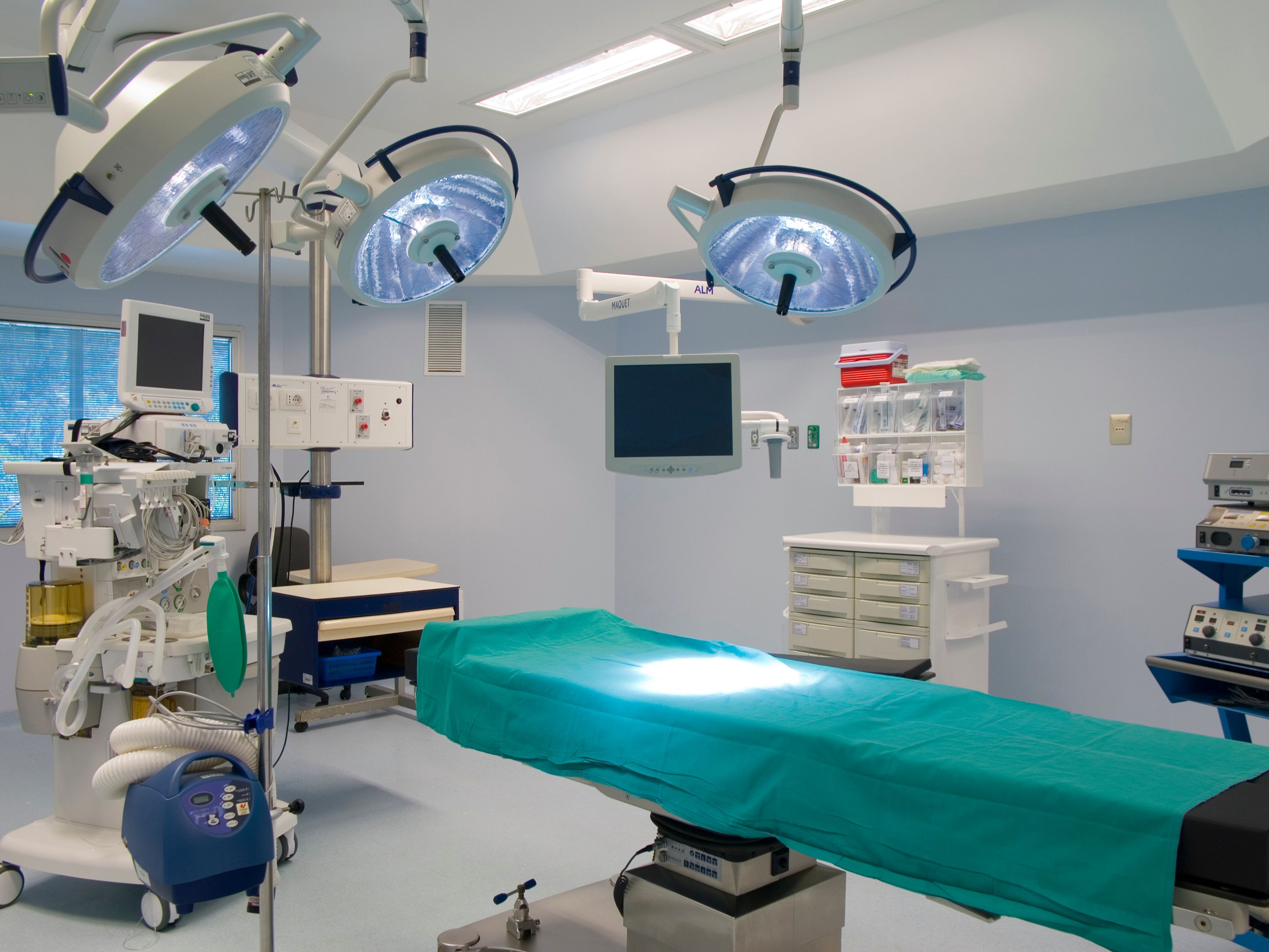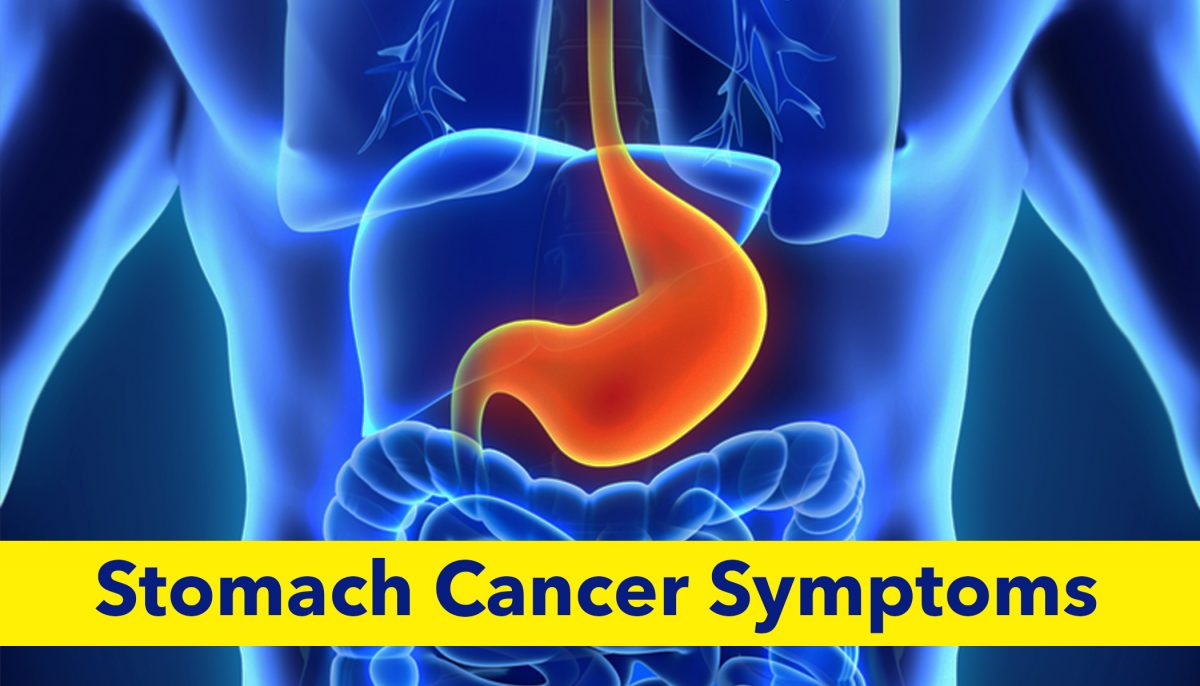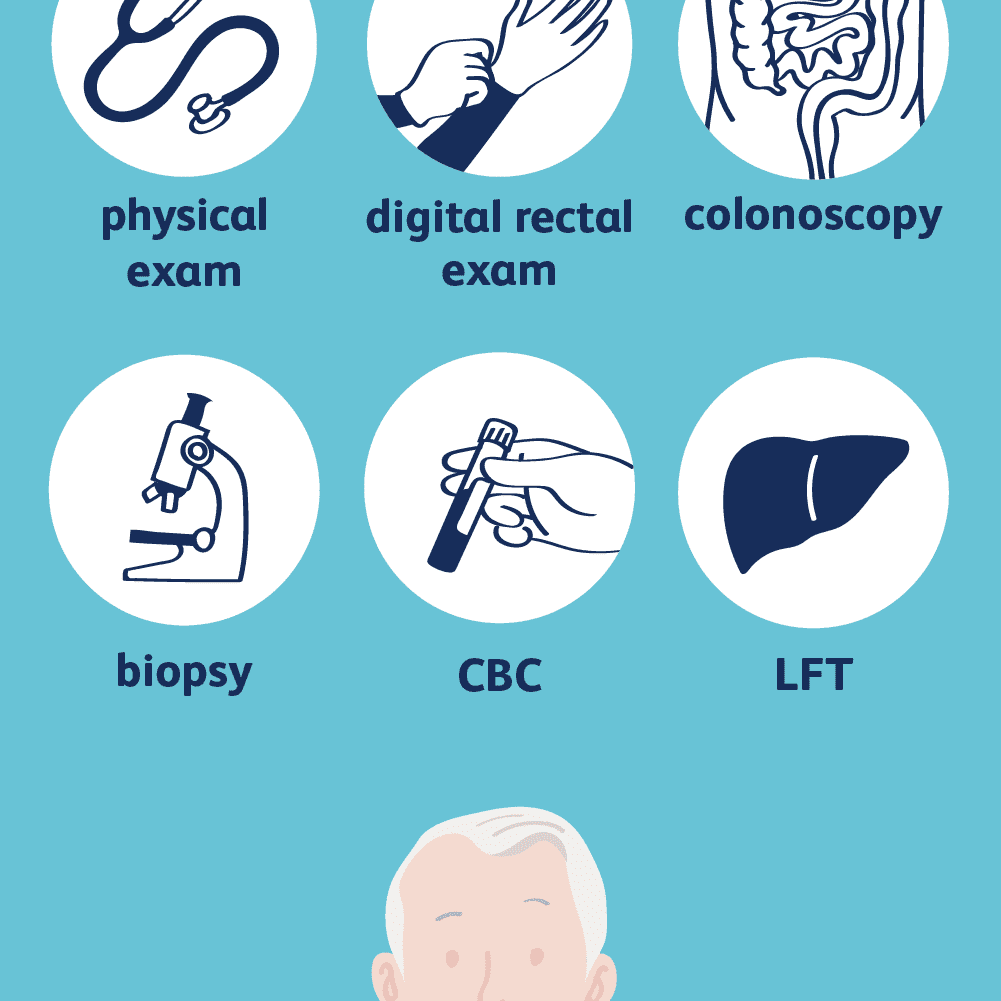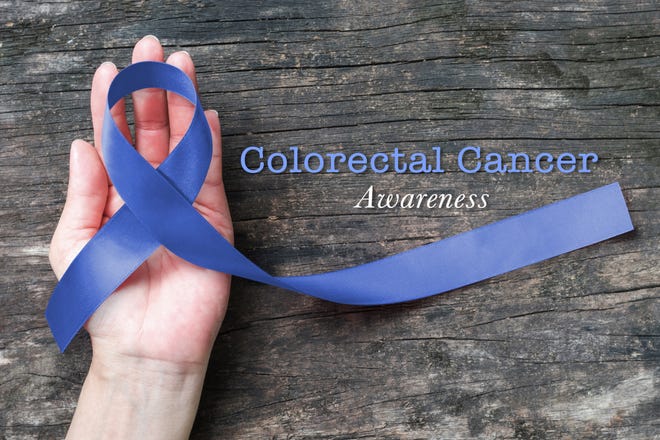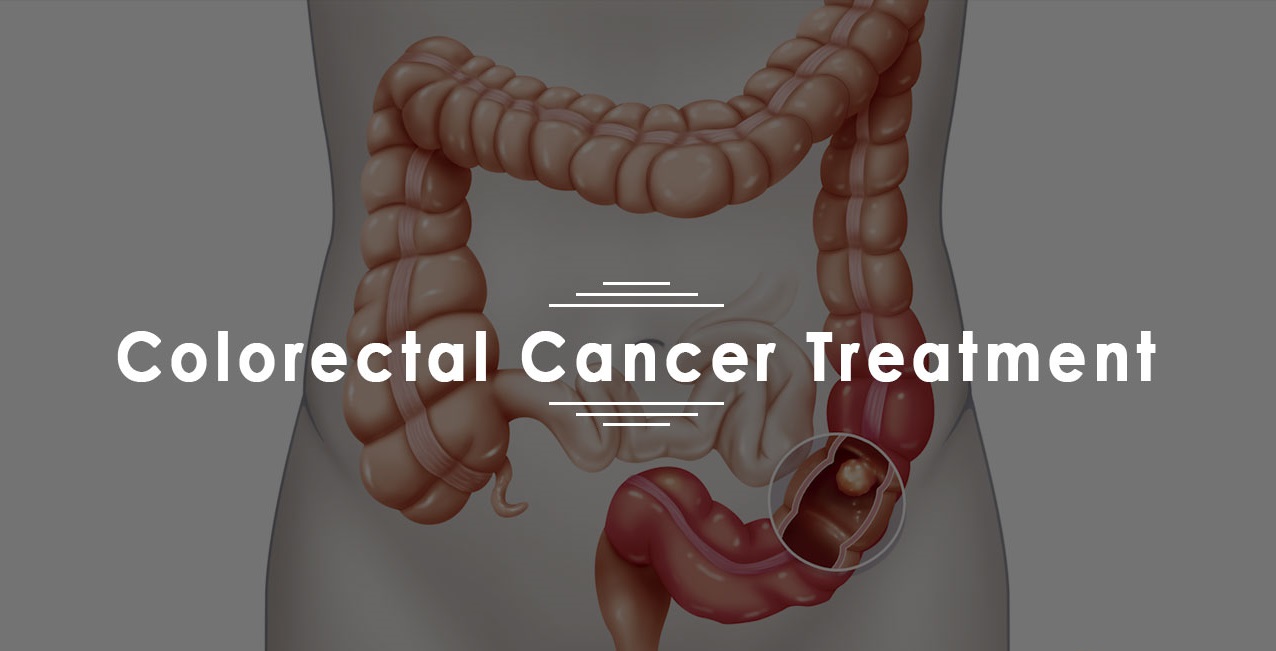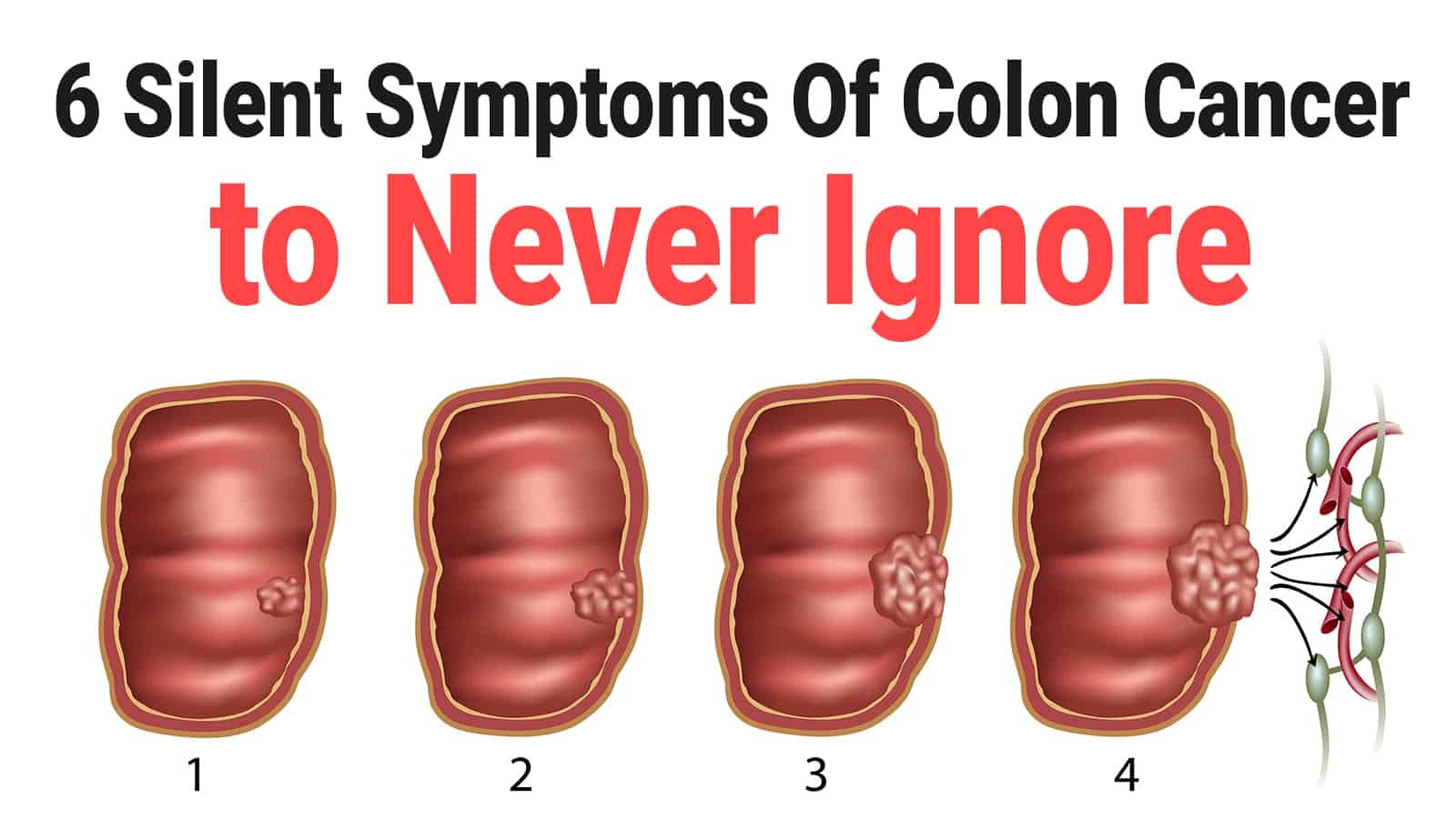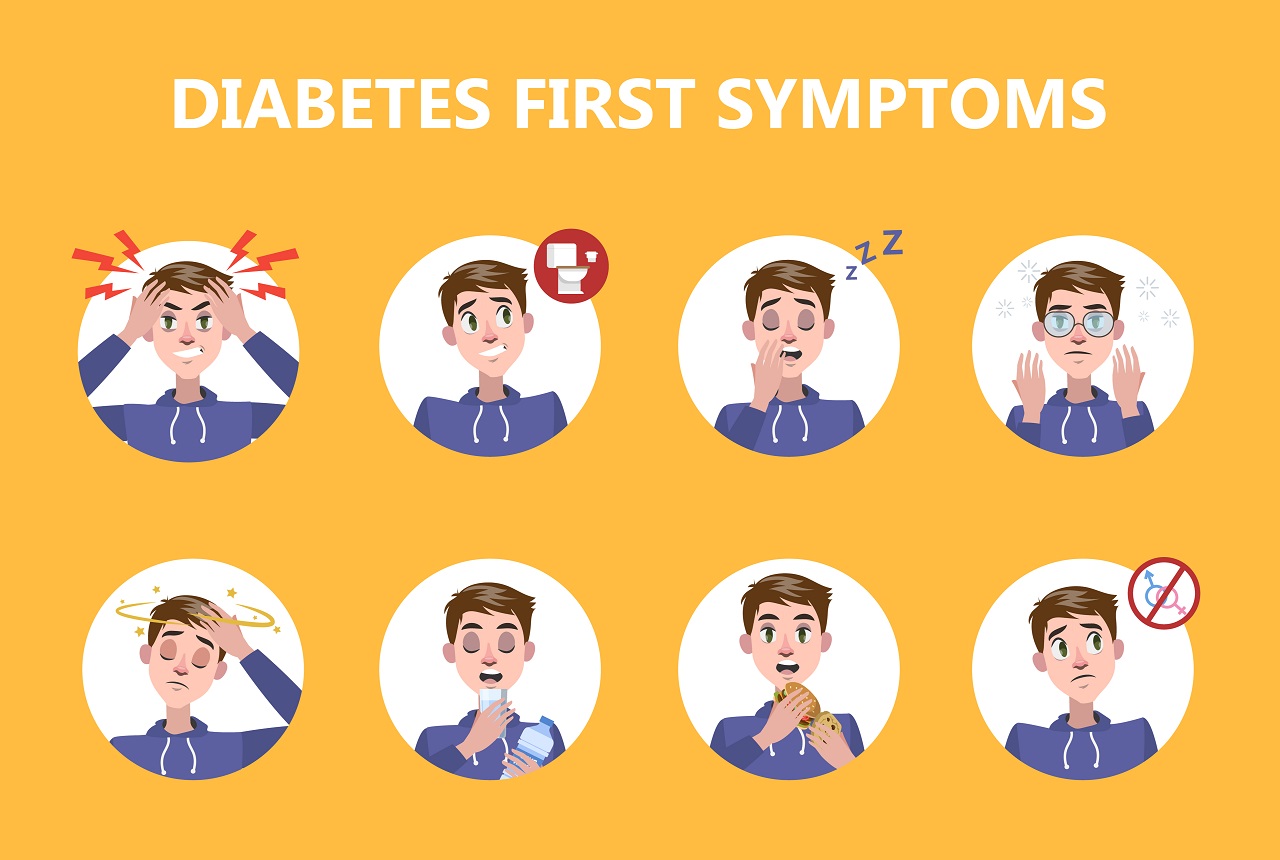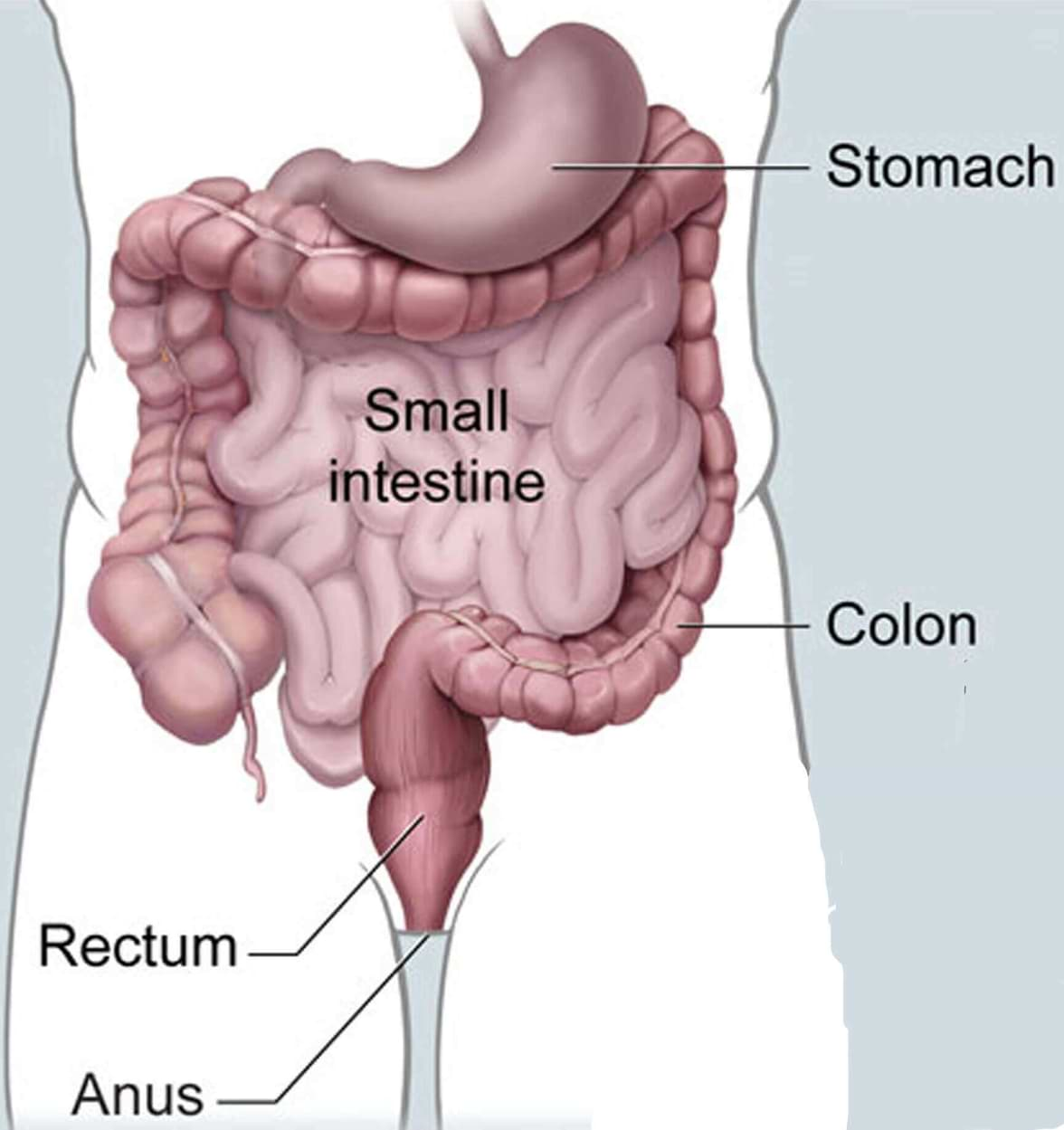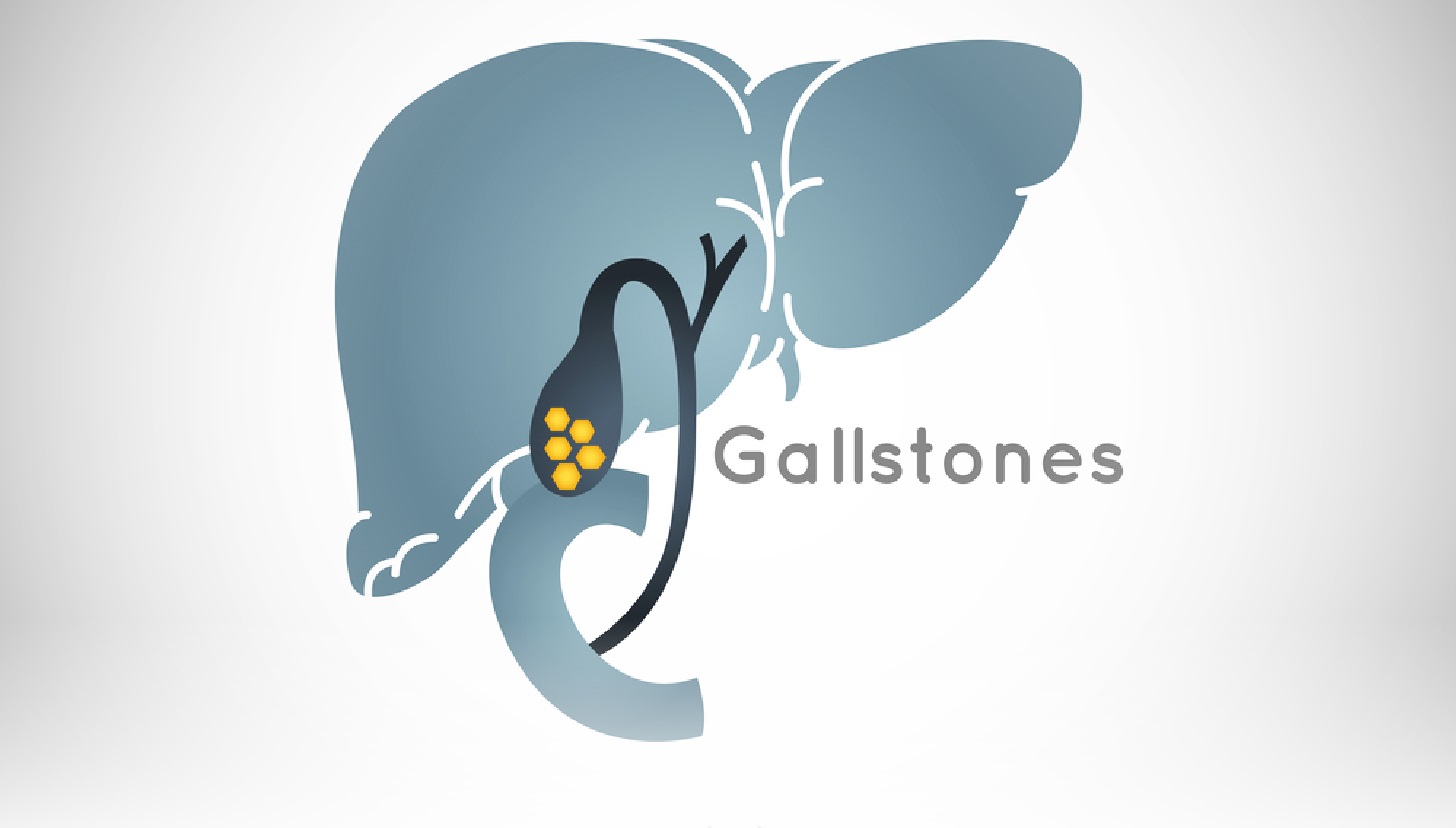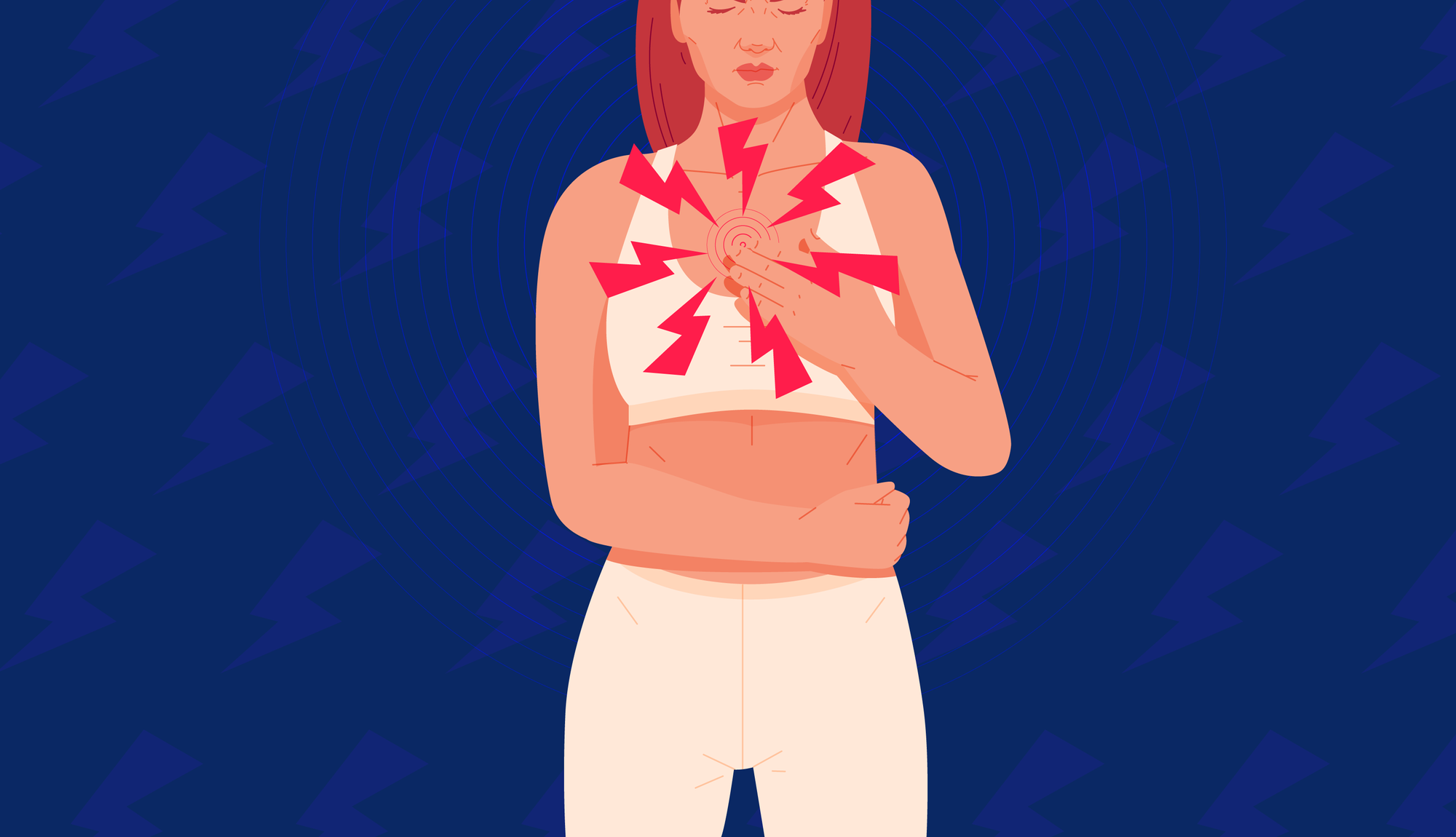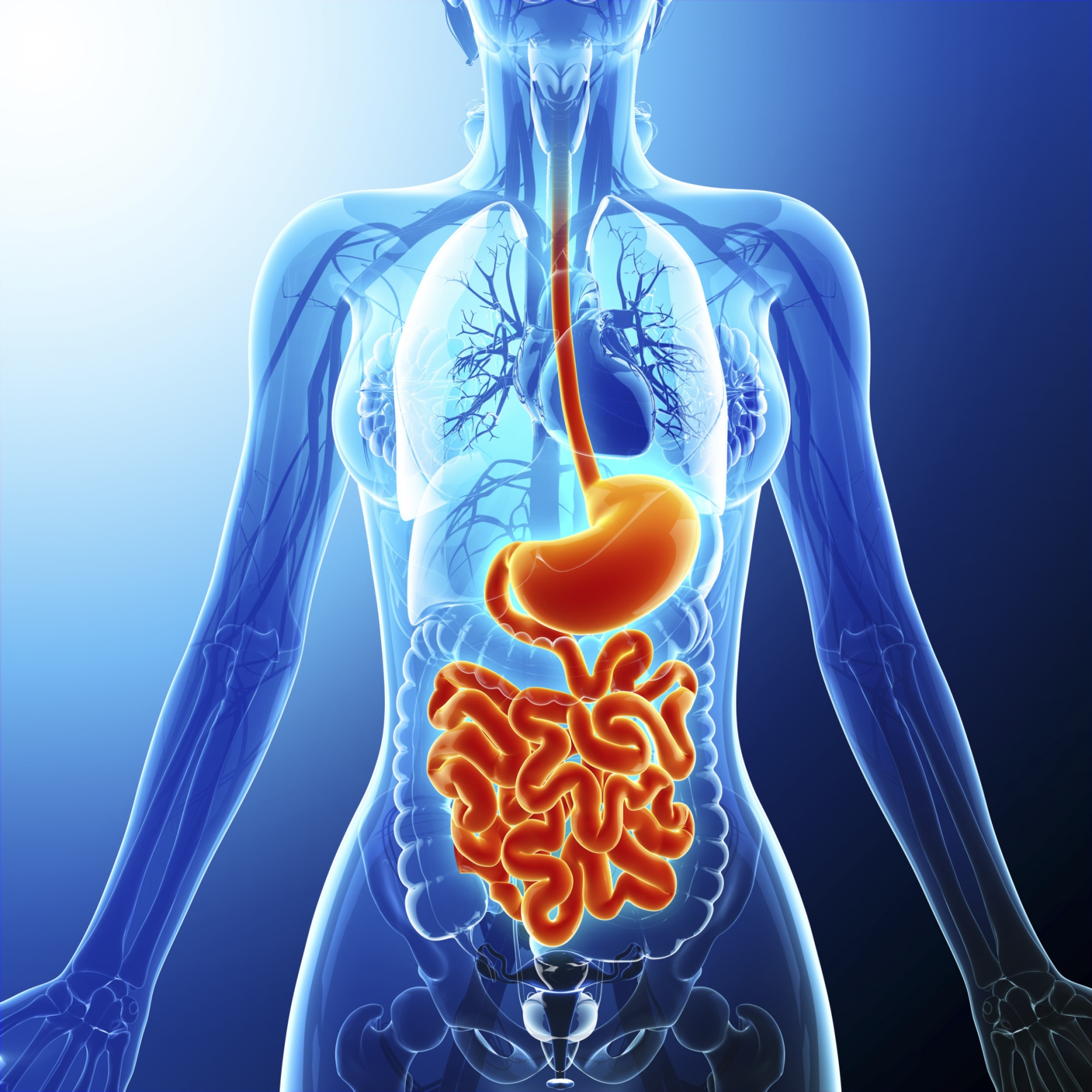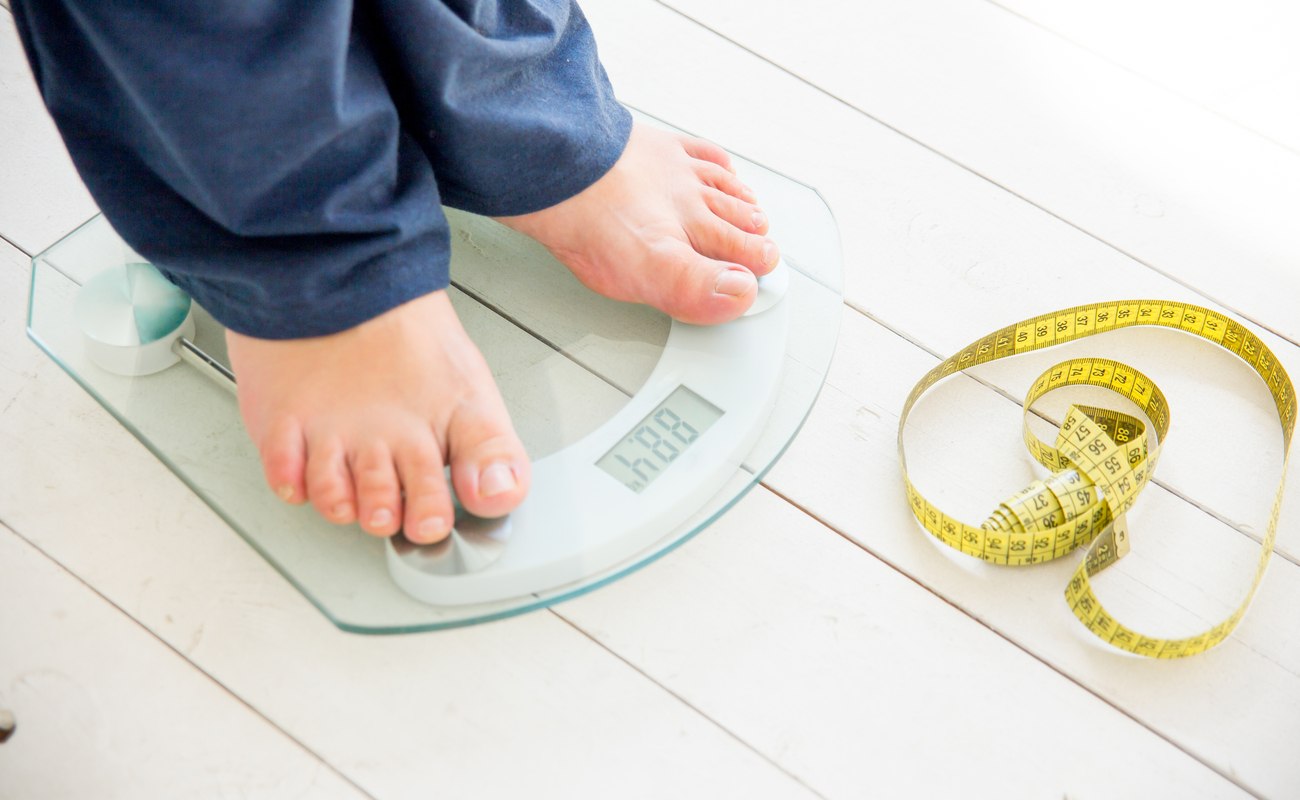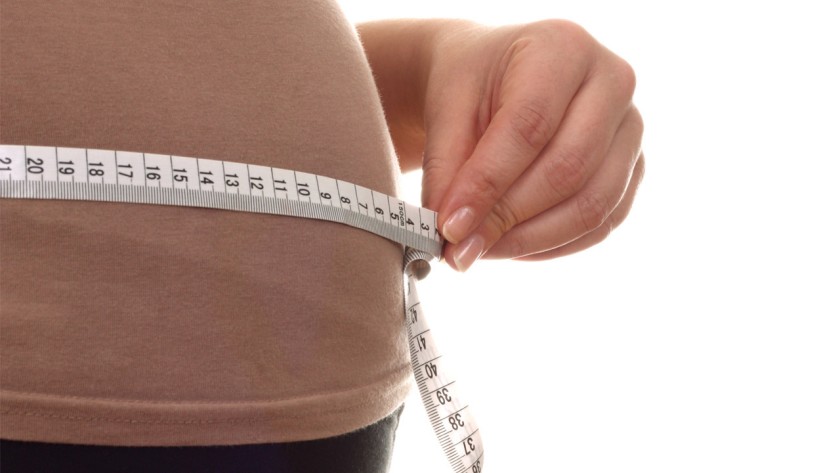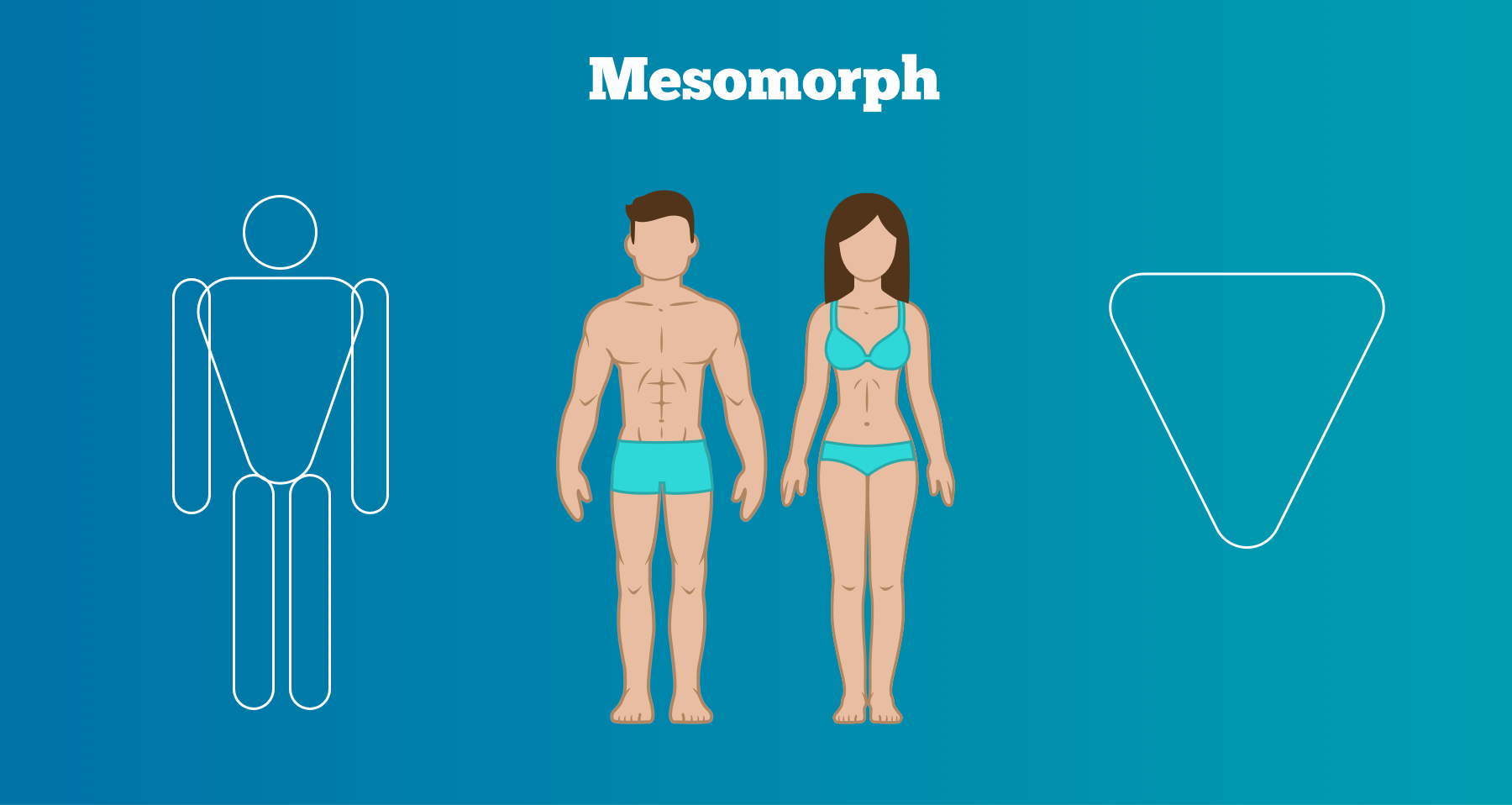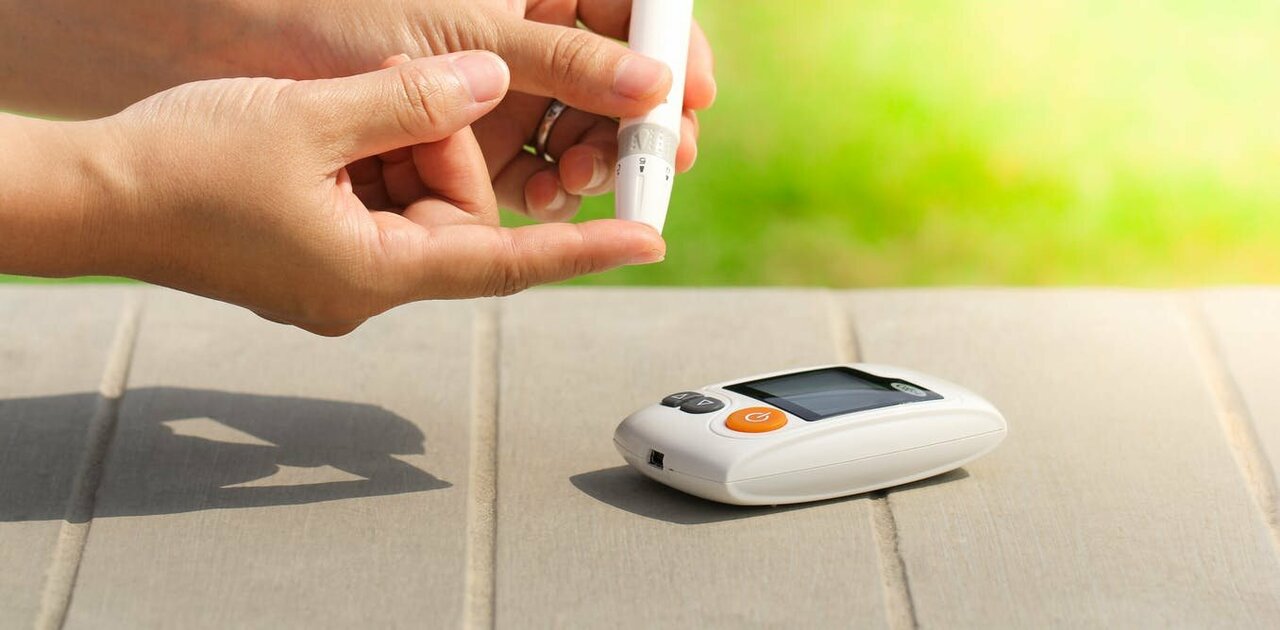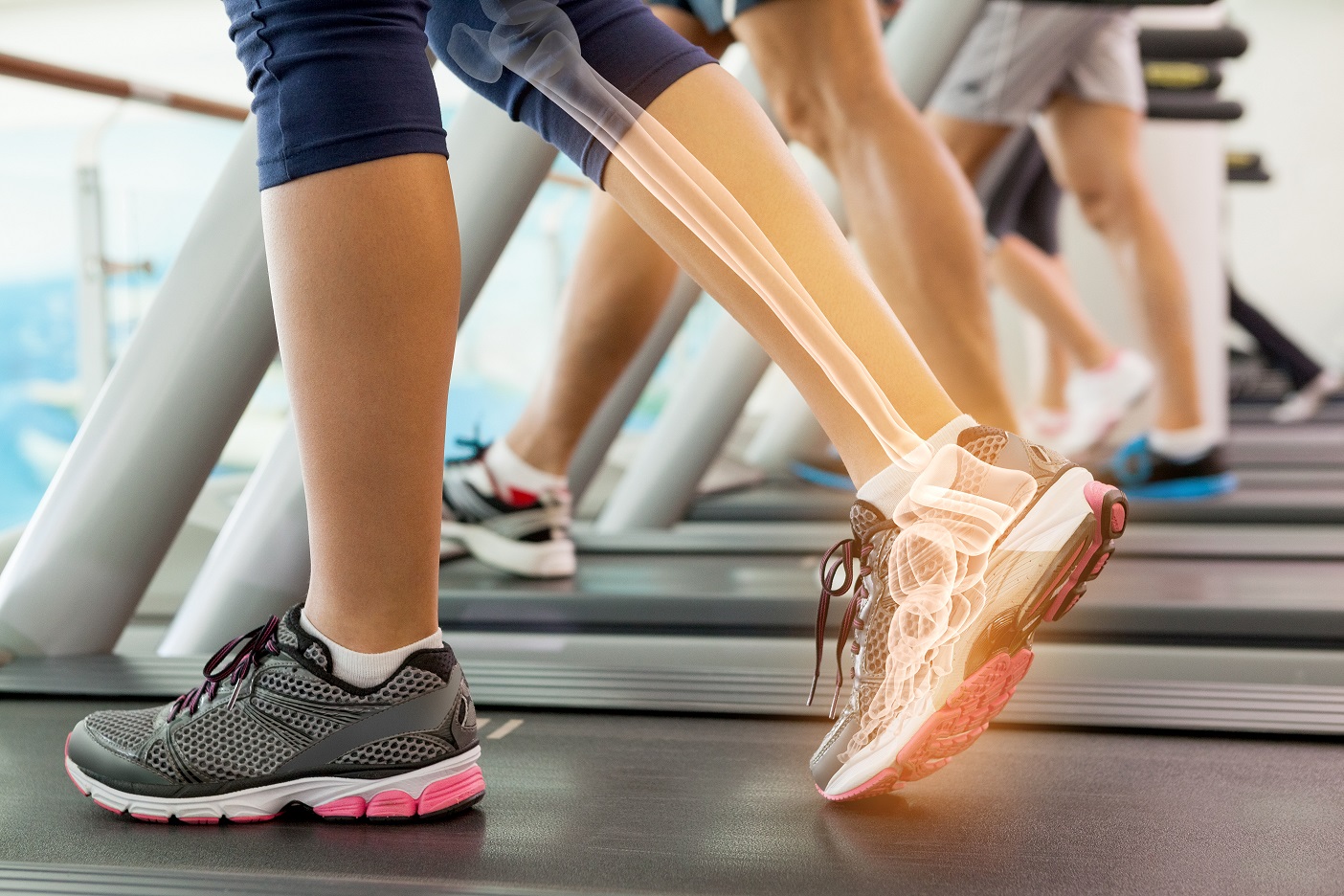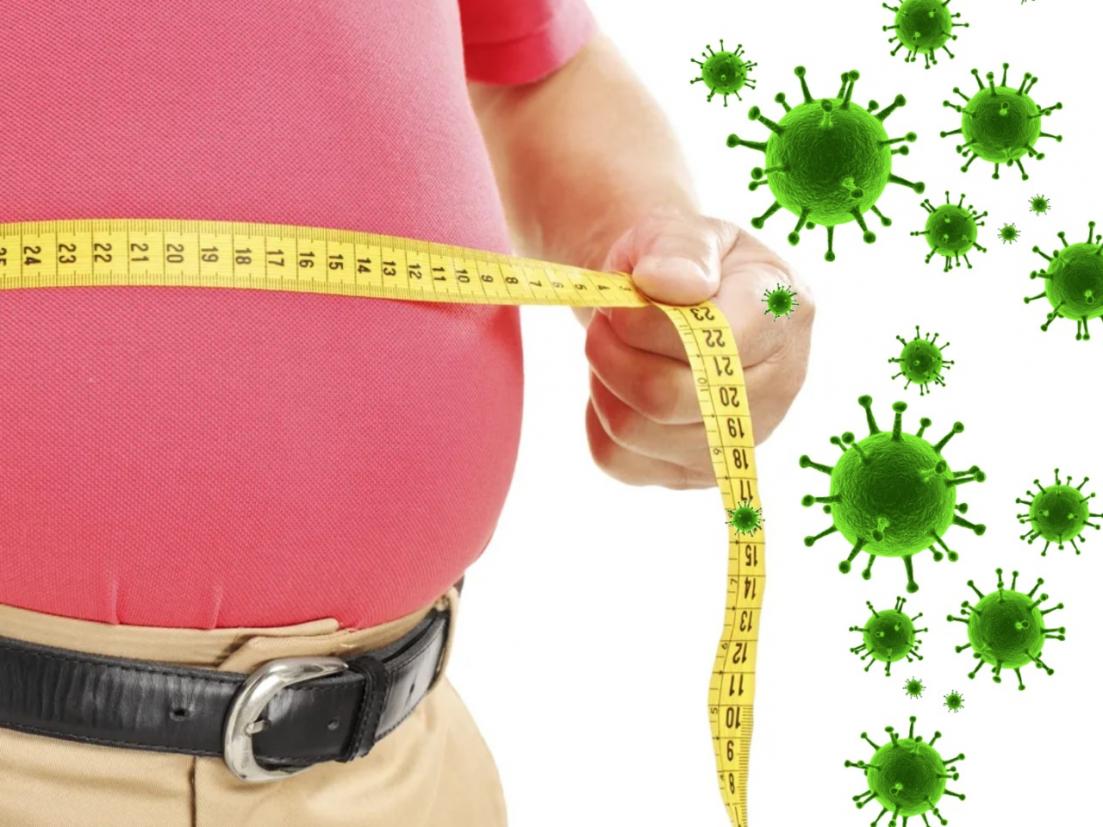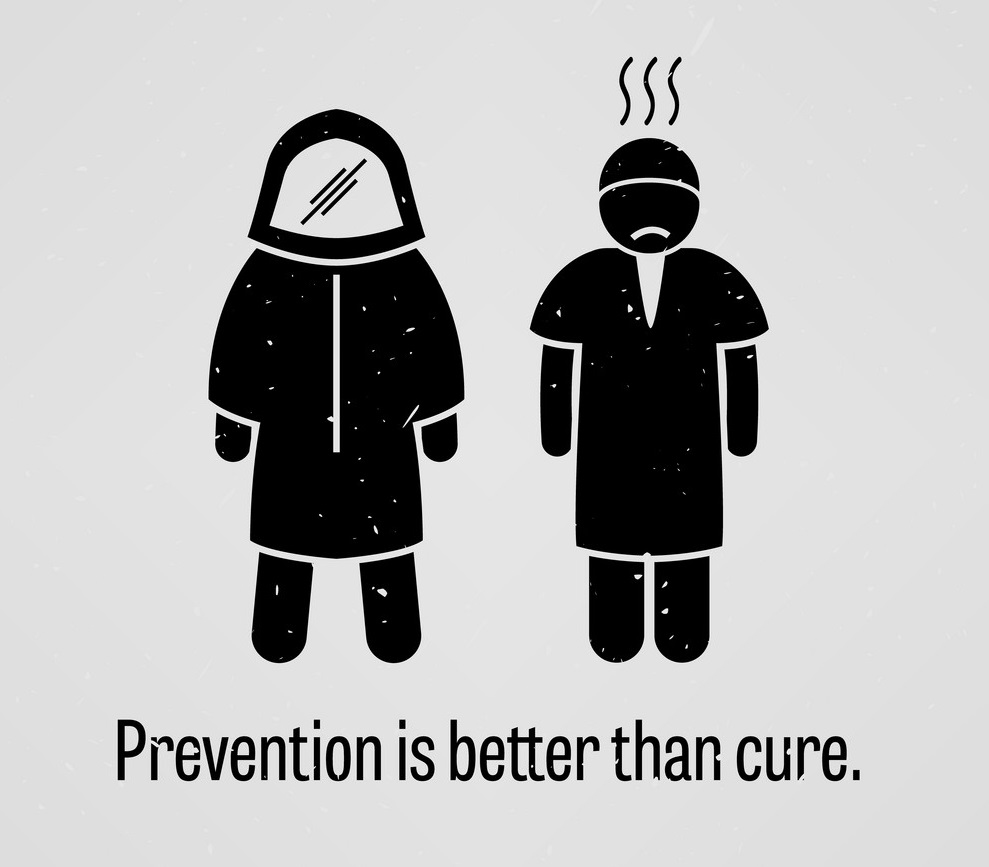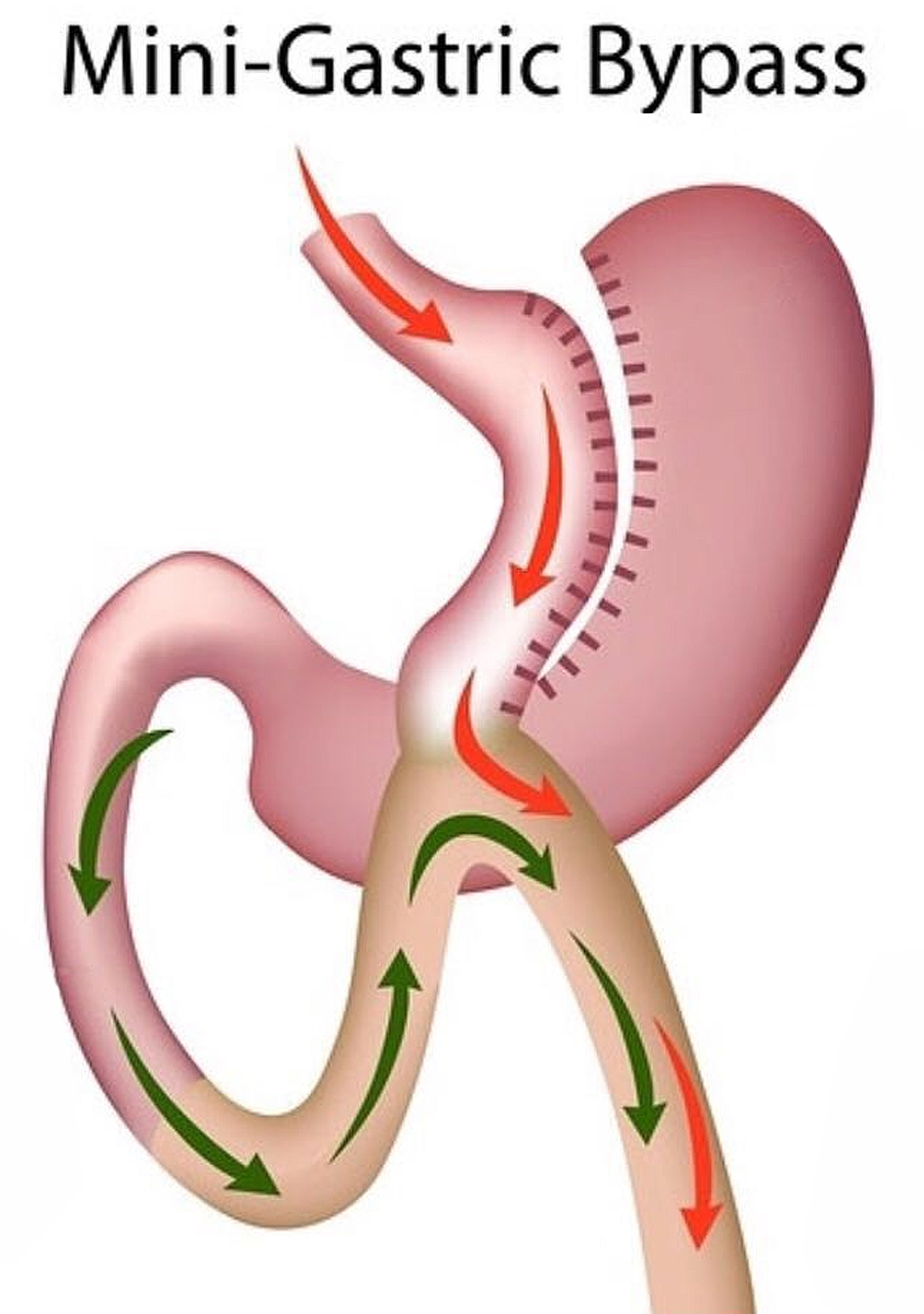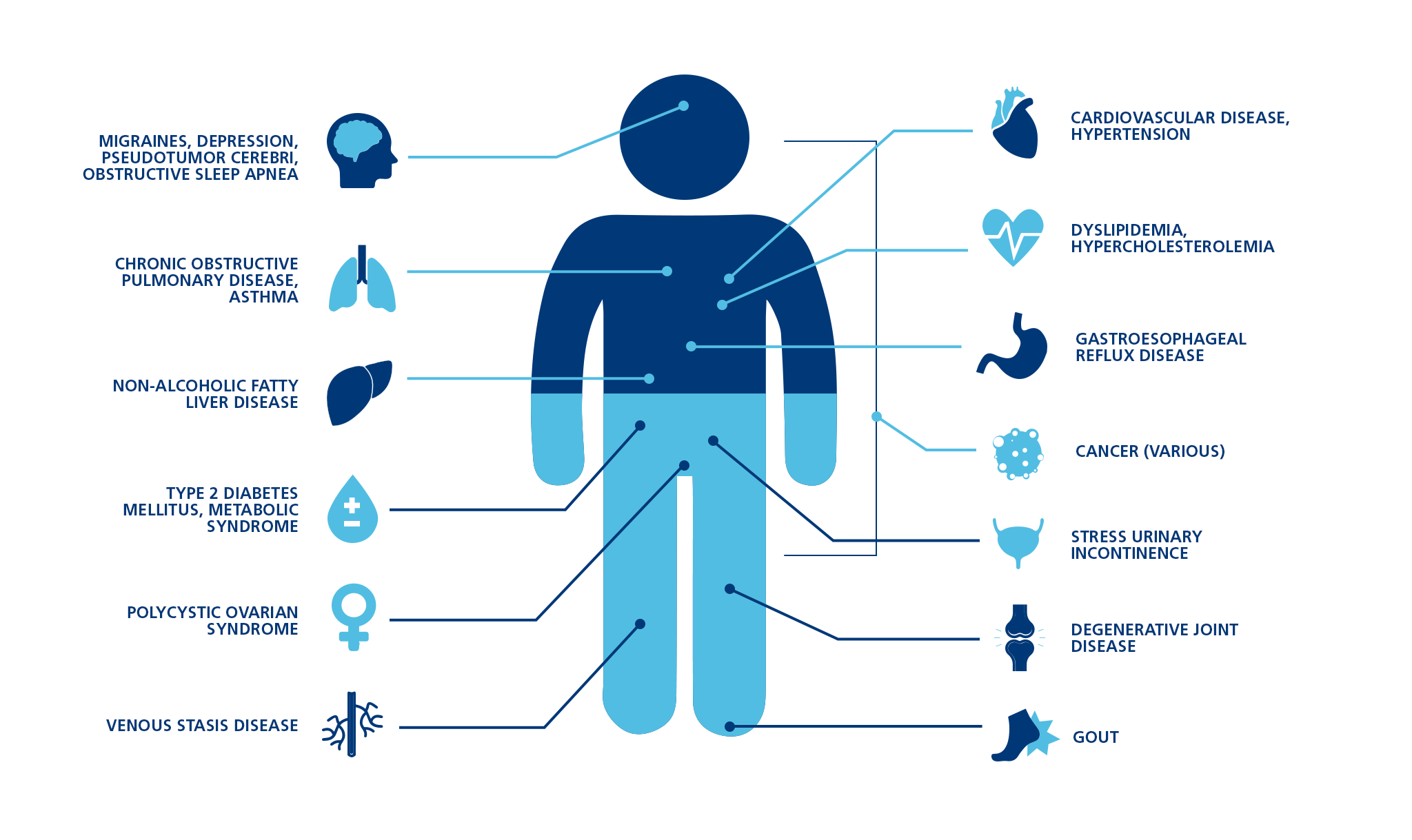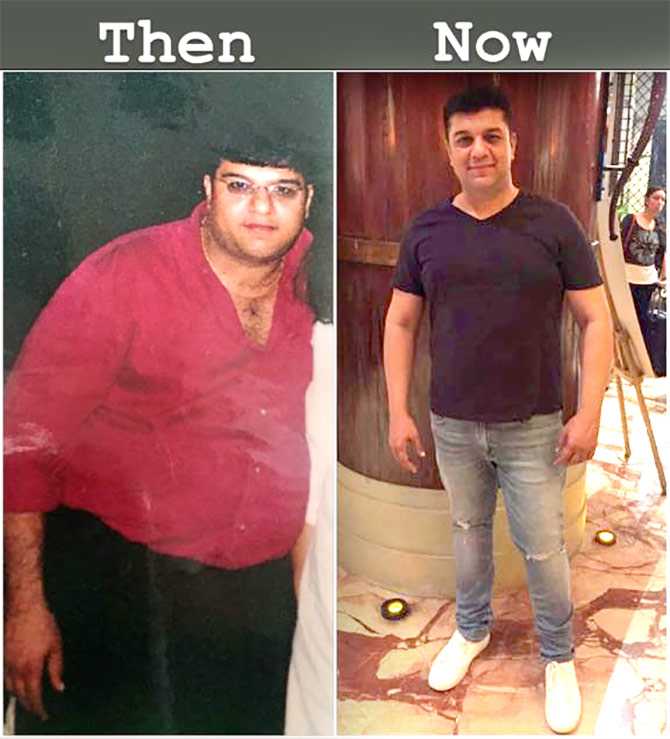Anus Anatomy, Anus Functions, Anus Conditions, Anus disorders, anus treatment, anus diagnosis, anal cancer, anal bleeding
Anus- Anatomy, Functions and Conditions
The anus is the opening at the lower end of the intestines. It's where the end of the intestines connect to the outside of the body.

Overview
As food is digested, it passes from the stomach to the small intestine. It then moves from the small intestine into the main part of the large intestine (called the colon). The colon absorbs water and salt from the digested food. The waste matter that's left after going through the colon is known as feces or stool. Stool is stored in the last part of the large intestine, called the rectum. From there, stool is passed out of the body through the anus as a bowel movement.
Anus Anatomy
The anus is connected to the rectum by the anal canal. The anal canal has two ring-shaped muscles (called sphincter muscles) that keep the anus closed and prevent stool from leaking out. The anal canal is about 1-1/2 to 2 inches (about 3 to 5 cm) long and goes from the rectum to the anal verge. The anal verge is where the canal connects to the outside skin at the anus. This skin around the anal verge is called the perianal skin (previously called the anal margin).
The inner lining of the anal canal is the mucosa. Glands and ducts (tubes leading from the glands) are found under the mucosa. The glands make mucus, which acts as a lubricating fluid.
The cells of the anal canal change as they go from the rectum to the anal verge:
- Cells above the anal canal (in the rectum) and in the part of the anal canal close to the rectum are shaped like tiny columns.
- Most cells near the middle of the anal canal are shaped like cubes and are called transitional cells. This area is called the transitional zone.
- About midway down the anal canal is the dentate line, which is where most of the anal glands empty mucus into the anus.
- Below the dentate line are flat (squamous) cells.
- At the anal verge, the squamous cells of the lower anal canal merge with the skin just outside the anus. This skin around the anal verge (called the perianal skin or the anal margin) is also made up of squamous cells, but it also contains sweat glands and hair follicles, which are not found in the lining of the lower anal canal.
Anus Disorders and other health conditions
- Internal hemorrhoids: Swollen veins inside the anus or rectum. These cannot be seen from outside the body.
- External hemorrhoids: Blood vessels that swell near the opening of the anus or bulge outside.
- Anal cancer: Cancer of the anus is rare. Infection with human papillomavirus (HPV), anal sex, and multiple sexual partners increase the risk.
- Anal herpes: Anal sex may spread the herpes viruses HSV-1 and HSV-2. Symptoms include painful sores around the anus that come and go.
- Anal warts: Infection by the human papillomavirus (HPV) can lead to warts in and around the anus.
- Anal fistula: An abnormal channel developing between the anus and the skin of the buttocks. Inflammatory bowel disease (Crohn’s and ulcerative colitis) or previous surgery are common causes.
- Anal fissure: A tear in the lining of the anus, often caused by constipation. Pain, especially with bowel movements, is the main symptom.
- Anal abscess: A pocket of infection in the soft tissue around the anus. Antibiotics and surgical drainage may be required to effectively treat an abscess of the anus.
- Anal itching: Itching in or around the anus is a common problem. In most cases, no serious cause is responsible.
- Proctalgia fugax: Sudden, severe pain in the area of the anus and rectum, lasting seconds or minutes, then disappearing. The cause is unknown.
- Constipation: Difficulty passing stools is common, and can cause anal pain, anal fissures, and bleeding from hemorrhoids.
- Anal bleeding: Bright red blood from the anus is sometimes from hemorrhoids, but requires evaluation to rule out a more serious cause.
Diagnosis of Anal Disorders
- A doctor's evaluation
- Anoscopy or sigmoidoscopy
- Possibly computed tomography (CT) scan or magnetic resonance imaging (MRI)
To diagnose disorders of the anus, a doctor inspects the skin around the anus for any abnormality. With a gloved finger, the doctor probes the rectum. Doctors often also examine the abdomen.
Next, a doctor looks into the anus and rectum with a 3- to 10-inch (about 7- to 25-centimeter) rigid viewing tube (anoscope or proctoscope). A longer, flexible tube (sigmoidoscope) may then be inserted so that the doctor can observe as much as 2 or more feet of the large intestine.
An Endoscopy is generally uncomfortable but not painful. However, if the area in or around the anus is painful because of an abnormal condition, the doctor may apply a numbing ointment or give a local, regional, or even general anesthetic before proceeding with the examination. Sometimes a cleansing enema to rid the lower part of the large intestine of stool is given before sigmoidoscopy.
Tissue and stool samples for microscopic examination and cultures may be obtained during sigmoidoscopy. A CT scan or MRI may also be done.
When to see a doctor
The anus is the opening of the rectum through which stool passes out of your body. Problems with the anus are common. They include hemorrhoids, abscesses, fissures (cracks), and cancer amongst others.
You may be embarrassed to talk about your anal troubles. But it is important to let your doctor know, especially if you have pain or bleeding. The more details you can give about your problem, the better your doctor will be able to help you. Treatments vary depending on the particular problem.

